Collection Simulations
Urinalysis: Analyze urine to suggest a diagnosis
Perform the three stages of urinalysis on a variety of urine samples collected from patients. Apply your knowledge of urine's macroscopic, chemical, and microscopic properties to interpret the urinalysis results and suggest a plausible diagnosis.
Blood Components: Dive into the microscopic world of blood cells!
Learn how to identify the key, physical characteristics of the blood components and understand their functions. Apply your knowledge to analyze patient’s blood samples and suggest possible diagnoses.
Body Structure and Organization: Help identify a potentially failing organ system
Learn about organ systems, their major functions, and the body cavities they're placed in, then use this knowledge to help respond to a medical emergency. Can you connect a patient’s symptoms to a potentially failing organ system?
Body Planes and Sections: Locate a chimpanzee’s injuries
In this virtual lab you will help release an injured chimpanzee back into the wild by using your newfound knowledge of body planes and sections.
The Peripheral Nervous System: Create a model of the nervous system
Learn about the nerves that make up the peripheral nervous system and create a working model of the system. Test out your new model by tracking a motor signal traveling from the central nervous system to the thumb!
Anatomy of the Respiratory System: Help rebuild a broken system
Learn about the anatomy and functions of the upper and lower respiratory tract while rebuilding the respiratory system on a broken model. Follow the journey of air all the way from the nasal cavity to the alveoli.
Introduction to the Central Nervous System: Explore your body’s command center!
Enter Labster's Anatomy and Physiology lab to explore the structures and functions of the brain and spinal cord; the two elements of the central nervous system. Can you help our lab assistant struggling with aphasia understand which area of their brain might be impaired?
Introduction to the Male Reproductive System: Dive inside the duct system!
Explore and label an interactive detailed 3D model of the male reproductive system. Dive even deeper by traveling inside the male reproductive tract, learning about the locations of the ducts and functions of the glands along the way.
Skin Layers and Organ Anatomy: Follow a skin cell’s journey!
Join our scientists in the Anatomy and Physiology Lab on an exciting journey through human skin layers! Discover the incredible differentiation power of your skin cells and figure out how hair can be both decoration and protection at the same time.
Introduction to the Female Reproductive System
Enter Labster's Anatomy and Physiology lab to explore female gross anatomy and learn about the structure, function, and physiology of the female reproductive system.
Introduction to Pulmonary Ventilation: Process of respiration and physiology of the respiratory system
Join us in Labster's Anatomy and Physiology Lab to explore the physiology of pulmonary ventilation and learn about the structure, functions, and impairments of the respiratory system.
Gross Function of the Nervous System: Let your brain learn about itself
Enter Labster's Anatomy and Physiology lab to explore the structures and functions of the central and peripheral nervous systems. Learn about the nervous system’s fundamental cells and neurons and how they communicate with each other through synapses.
Absorption In the Small and Large Intestines: Journey from the stomach to the bloodstream
In this simulation, you will step into the Anatomy and Physiology lab to discover how essential your intestines are in maintaining human life. Investigate what happens if your intestines malfunction and learn why you really need to eat your veggies!
SDS-PAGE: Separating proteins by molecular weight
Investigate each step of SDS-PAGE from gel selection and sample preparation to chamber assembly and what really happens when the current turns on, to separate proteins solely by molecular weight, bringing us one step closer to identifying the protein.
Introduction to the Nervous System: Subdivisions of the nervous system
Step into Labster's Anatomy and Physiology lab to learn about the nervous system and its subdivisions. Explore the various bodily functions that the nervous system controls.
Cancer: Impact of BRCA mutations
Investigate the principles of cancer development and cancer-related gene mutations to assess the risk of breast cancer development in a patient with a history of cancer in the family.
Protein Synthesis
Explore the structure of proteins and learn about the synthesis process inside the cells. Examine the protein sequence to understand the differences of protein synthesis in prokaryotes and eukaryotes.
Microscopy
Analyze the microscopic structure of the small intestine and learn the advantages and limitations of light, fluorescence and electron microscopy.
Introduction to Immunology: Organs and cells of the immune system
The immune system is a complex structure of cells, tissues and organs that work together to protect our bodies from infection. Dive into the complex structures and functions of those organs and cells that protect us from various pathogens every day!
Immunology: Immunoassay for detecting SARS-CoV-2 antibodies
Investigating antibody production patterns in populations helps us understand how diseases like COVID-19 spread. Conduct immunoassays to detect blood serum IgG and IgM to discover the vaccination and infection status of a community exposed to SARS-CoV-2.
Gene linkage and pedigree analyses
Put yourself in the place of a genetic counselor and find out if the daughter of a breast cancer patient is at a higher risk of developing breast cancer herself. Help her by constructing a pedigree and finding the defective gene by using linkage analysis.
Western Blot Transfer: Prepare for protein detection
Join Dr. One and two colleagues on their mission to cure cancer. They are using Western blot to compare the level of p53 protein in cancerous and healthy control cells. Can you help Dr. One with the tricky membrane transfer step?
Introduction to Protein Synthesis
Explore the structure of proteins and learn about the synthesis process inside the cells.
Cellular Respiration: Respirometry
Observe how we can monitor and better understand respiration by a method known as Respirometry. Learn the effects of exercise of respiration by observing glucose levels and oxygen consumption through a model organism: a mouse.
Cellular Respiration: The Electron Transport Chain
Take dive inside a mitochondrion to learn all about the electron transport chain (ETC) and pass on your findings to the basketball team so they can learn too!
Cellular Respiration: The Krebs Cycle
Help a basketball team learn about what happens in the second stage of cellular respiration, the Krebs cycle, to help them improve their longevity in the game!
Cellular Respiration: Glycolysis
Help the basketball players understand how the food they eat gets converted to energy by investigating glycolysis, the first stage of cellular respiration.
Meiosis: How is color blindness inherited?
Investigate the principles of Mendelian inheritance and discover how color blindness is inherited by observing chromosomal rearrangement in an animation.
Inheritance with Punnett Squares
Investigate the principles of inheritance and help a family determine whether future generations will inherit color blindness.
Inheritance with Pedigrees
Investigate the principles of inheritance and draw a pedigree tree to understand how color blindness is inherited.
Spectrophotometers: Building and exploring the instrument
Build your own spectrophotometer to discover how you can measure substances with light
Bioinformatics: An introduction
Embark on a mission to identify the metabolic pathway that produces an antimalarial compound in a rare plant. Can you begin the process of creating a novel antimalarial drug?
Aseptic Technique: Culture your sample without contamination
Help a microbiologist prepare a pure culture that can be used to identify a microbe causing an infection! Use good aseptic technique to avoid contamination of the sample, ensure your own safety, and avoid surprise fires in the lab.
Spectrophotometry: Learn the Beer-Lambert law with absorbance experiments
Build your own spectrophotometer to measure the absorbance of a reaction product on Mars!
Fluorescence Microscopy
Enter the virtual microscope room to see inside a tissue sample. Learn how a fluorescence microscope can create a high contrast image and answer biological questions.
Light Microscopy
Enter the virtual microscope room to see inside a tissue sample. Learn how a light microscope can magnify an image and answer biological questions.
Muscle tissues: An overview
Explore the distribution and function of the three different muscle tissues found in the human body. Examine them down to the cellular level and dive further into their molecular structures to reveal the fascinating mechanisms behind muscle contractions.
Homeostatic Control: How does the human body keep itself in balance?
Ever wondered how your body constantly regulates itself to stay healthy? Visit the Homeostatic Control lab to learn all about the concept of homeostasis and how it can be applied to a wide range of systems, from blood pressure to body temperature.
Signal Transduction: How cells communicate
Investigate the connection between blood vessel growth and cancer development, and use this knowledge to identify a promising treatment for breast cancer.
Exercise Physiology
In this sports science lab, you will find out how only three times ten minutes of supramaximal sprint interval training per week can increase your exercise capacity and fitness level.
Solution Preparation: From salt to solution
Join your fantastic lab guide Dr. One in preparing a tricky aqueous solution of ammonium chloride using an analytical balance, which your colleagues need for an important analysis.
Smooth muscle: Learn how your gut contracts!
Join a physiology laboratory to understand how smooth muscle contracts by performing several in vitro experiments, and help your friend identify the cause of her intestinal pain.
Skeletal Muscle: Learn about the muscles we use to walk and run
Investigate the properties of two types of skeletal muscle and analyze their fiber composition. Use histochemistry and force transduction to compare muscles and learn why you can stay energized on long walks but get tired from a short sprint.
Sensory transduction: Learn why you feel pain when you get hit by a rock
Learn the basic mechanisms of sensory transduction by performing in vitro and in vivo experiments and determine which anesthetic drug will allow your friend to keep climbing a mountain without having the muscles affected.
Synthetic Biology
Join cutting edge research at MIT and design a biological circuit that can sense and destroy cancer cells.
RNA Extraction: Sample and purify mRNA from pigs
Learn how to extract RNA from pig fat tissue samples and how to purify messenger RNA using magnetic beads.
Intestinal Glucose Transport: Study a mouse intestine for diagnosis
Turn a mouse intestine inside out and use it to study glucose transport in order to figure out what is wrong with an infant.
Renal Physiology: Find the mode of action of a diuretic drug
Explore the structure of the kidney and discover its different functions by trying to uncover the mode of action of a new diuretic drug that has the potential to prevent hypertension.
Parkinson's Disease
Use liquid chromatography to purify a protein involved in Parkinson’s disease to learn more about its causes and evaluate the efficacy of a promising molecule for its treatment using confocal microscopy.
Next Generation Sequencing
Learn the different steps of sample preparation, sequencing, data collection and data analysis using next generation sequencing technique.
Mitosis: Using a toxic compound from the yew tree in cancer therapy
Join a cell biology research group to find out how a poisonous compound from a yew tree can be used in cancer therapy. You will be immersed in an animation of a human cell and use light and fluorescence microscopy to study cell division.
Cell Division (Principles): Mitosis and Meiosis
Join a cell biology research group to find out how a poisonous compound from a yew tree can be used in cancer therapy. You will be immersed in an animation of a human cell and use light and fluorescence microscopy to study cell division.
Mendelian Inheritance: From genes to traits
Investigate the principles of Mendelian inheritance and help a patient determine if his future children will inherit his color-blindness.
Meiosis: Understand how traits are inherited
Follow a couple as they go through IVF treatment in order to have a baby. Understand how traits are inherited from one generation to the next and how cell division plays an important role in forming, growing and repairing the human body.
Medical Genetics
Learn about Mendelian genetics, linkage analysis, hereditary cancer, tumor suppressor, oncogenes and how to identify a defective gene in a family.
Monogenic Disorders
Learn about the monogenic disorder Cystic Fibrosis and its inheritance from one generation to the next.
Lab Safety
Survive your first day in the lab by identifying the different hazards you might encounter in an unsafe laboratory. You will be introduced to the lab dress code, safety equipment and the do's and don'ts when working in a lab.
Introduction to Immunology: Explore the immune system and save the world!
Global health is everyone’s responsibility. Become a pathogen and invade a body to discover how immune cells and organs provide protection. Learn how researchers from across the planet work together to save the world from pathogenic infections.
Identification of Unknown Bacteria: Help save baby Kuppelfangs from an epidemic!
Visit the exoplanet Astakos IV, where the Kuppelfang population is suffering from a bacterial infection. Use staining, differential media and biochemical tests to identify the bacteria so that the Kuppelfangs can be treated before they go extinct.
HPLC
Learn how different factors such as heat and humidity can alter drug stability. Identify the components of the HPLC machine and use it to separate and measure the different compounds of a medicine.
Hematology: Introduction to Blood
Explore the morphology of different types of blood cells and differentiate them via Giemsa staining. Separate the components of blood and analyze the results of blood samples using an automated hematology analyzer.
Genetic Transfer in Bacteria: Prevent the rise of superbugs!
Prevent Dr. One from wiping out humanity! Complete a number of learning games to understand the three ways of genetic transfer in bacteria, transduction, transformation, and conjugation, and use your learnings to prevent the rise of superbugs.
Gene Regulation
Open your eyes to the vast potential of gene regulation, where you can reprogram cells into any cell that fits your needs. Will you able to help the doctor in restoring the sight of a visually impaired girl?
Control of Microbial Growth: Explore decontamination and selective toxicity
A dental patient’s recurrent infection is becoming dangerously septic. Your task is to investigate the cause using diffusion disc assays and prevent further cases by exploring sterilization, decontamination & selectively toxic infection control methods.
The Gram Stain: Identify and differentiate bacteria
Join doctors in revealing a pathogen that is causing a patient to be critically ill. Perform the Gram stain on a sample collected from the patient and use microscopy to identify the presence of bacteria to help guide the proper antibiotic treatment.
Gene Expression Unit: Use sequencing to unveil a gene linked to obesity
Discover Next Generation Sequencing by analyzing the mRNA from pig tissues and identify a new gene linked to obesity. Confirm your results using qPCR to analyze the expression levels of your gene!
Your Diet and Your DNA
Follow Lily’s quest for planning a healthy diet for her best friend, Mia, who is lacking energy for her athletic performances, and learn how an unhealthy diet can impact DNA stability by measuring telomere length and DNA adducts from human samples.
Embryology: Discover the genetics of limb development
Dissect chicken and mouse embryos to visualize and analyze embryonic development. Compare genetic results from the model organisms with the genetic laboratory results from a human case study to determine the cause and effect of Liebenberg Syndrome.
ELISA
Help a scientist detect and quantify proteins by using one of the most popular techniques in molecular biology.
Endocrinology: Learn how contraceptives work
Develop a method for keeping a population of rabbits under control by using hormonal treatments. Investigate how different concentrations of different hormones impact the fertility of male and female rabbits.
Diabetes
Learn the basics of Type II diabetes.
Cytogenetics: Perform a prenatal diagnosis
Help a mother-to-be who is extremely worried about the fate of her baby. Will you able to diagnose the condition of the fetus using a cytogenetics-based approach?
Cardiovascular Function During Exercise: Learn how your body reacts to exercise
Use medical tests to gather information about patients and determine how their cardiovascular systems respond to different exercise intensities.
Polymerase Chain Reaction
Learn the techniques and application of Polymerase Chain Reaction and Gel Electrophoresis. Explore a real-world application, such as analyzing unique genetic fingerprints to solve a murder case.
Cellular Respiration: Measuring energy consumption during exercise
Help basketball players understand how the food they eat gets converted to energy through glycolysis, the Krebs cycle and the electron transport chain. Use a mouse model to experiment on the effect of exercise intensity on oxygen and glucose consumption.
Cardio-respiratory Physiology: How can seals dive so deep for so long?
Monitor three dives of a Weddell seal in Antarctica and discover how long it can dive with the oxygen available in its stores.
Cellular Respiration (Principles): Measure energy consumption during exercise
Help local basketball players understand how the food they eat gets converted to energy through cellular respiration. Use a mouse model to find out what effect exercise intensity has on oxygen and glucose consumption.
Confocal Microscopy
Join this virtual confocal microscopy lab and learn how to take pin-sharp confocal micrographs and 3D renderings. Use the knowledge to save your uncle’s crop from a mysterious plant disease.
Bacterial Quantification by Culture
Use the serial dilution technique to quantify the effect of a novel antibiotic compound on bacterial growth.
Cell Structure: Cell theory and internal organelles
Explore different cell samples under the microscope to identify the differences between eukaryotes and prokaryotes. Build the structure of an animal cell and choose the internal organelles of four specialized cells.
Cell Culture Basics: Plate, split and freeze human cells
Find out what it’s like to work in a cell culture laboratory. Learn how to use the aseptic technique to avoid contamination of your cells, and discover what it takes to keep them alive.
Biosafety
Introduction to containment level 3 (Biosafety level 3, BSL3) research laboratory, a hypothetical approach to identifying a potential bioterrorism agent that is classed as a hazard group three microorganism.
Carbohydrates: The sugars that feed us
The Carbohydrates Lab explores how carbohydrates are broken down by the digestive system and taken up into the bloodstream.
Bacterial Cell Structures: An introduction to the bacterial cell
Visit a research station in Antarctica and help the researcher Nicolas explore bacteria in melting water. Uncover the features that are necessary for bacterial survival and compare these to other bacteria living elsewhere.
Action Potential Lab: Experiment with a squid neuron
Dissect a squid and use its giant neuron to witness the propagation of information in the shape of an action potential created by an electric current. Use this information to identify a neurotoxin affecting a hospitalized patient.
Antibodies: Why are some blood types incompatible?
Learn about the concepts of antibodies and antigens, as well as the ABO and Rhesus blood grouping systems and their importance in blood transfusions. Then, you will help a young couple determine a potential risk for Rhesus disease in their unborn child.
Cell Membrane and Transport: Modifying the cell membrane
Discover the structure and function of cell membranes using the fluid mosaic model. Apply your learning to improve the health of synthetic cells that the lead researcher wants to use to produce insulin.
Boost STEM Pass Rates
Boost Learning with Fun
75% of students show high engagement and improved grades with Labster
Discover Simulations That Match Your Syllabus
Easily bolster your learning objectives with relevant, interactive content
Place Students in the Shoes of Real Scientists
Practice a lab procedure or visualize theory through narrative-driven scenarios



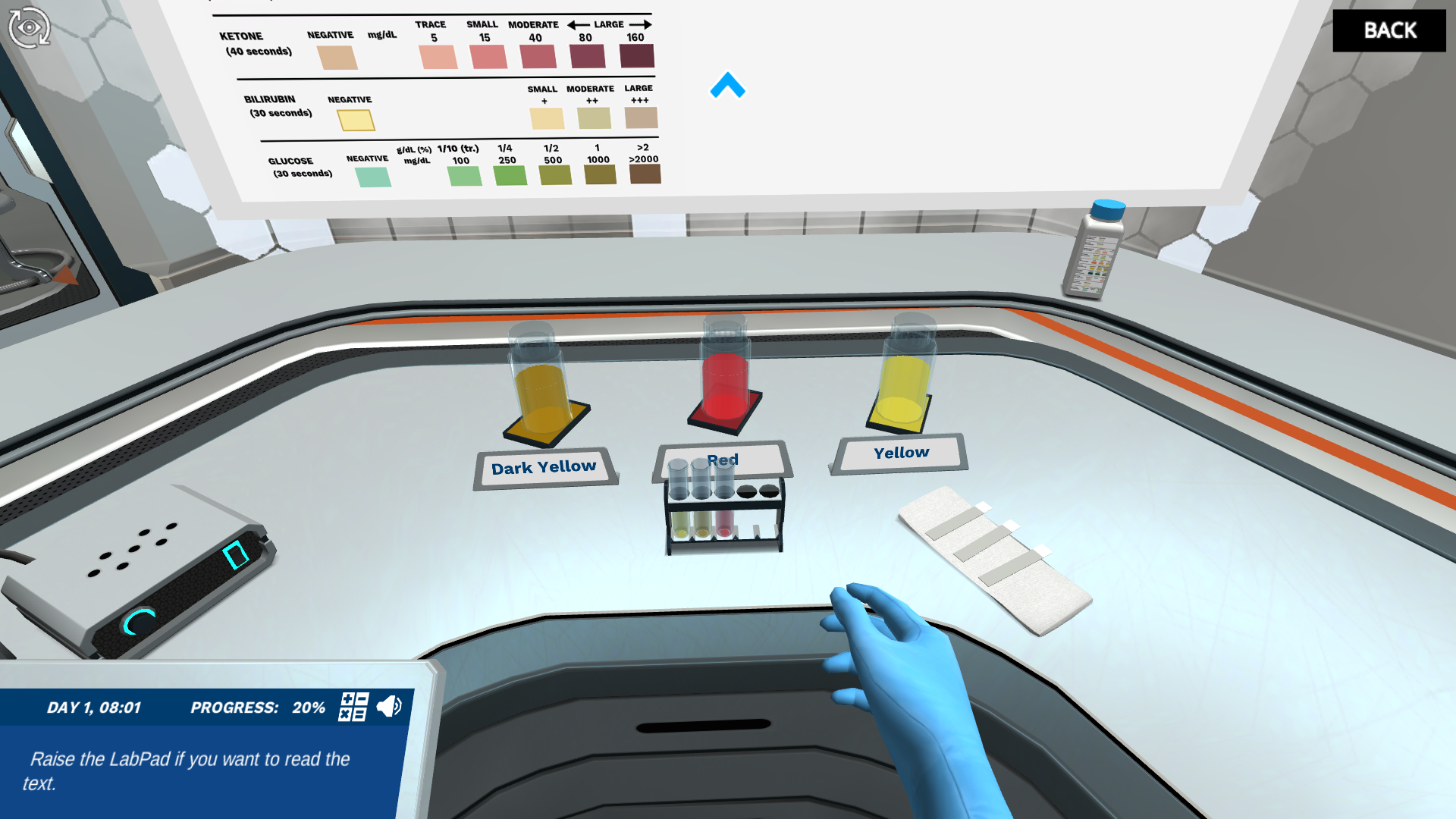
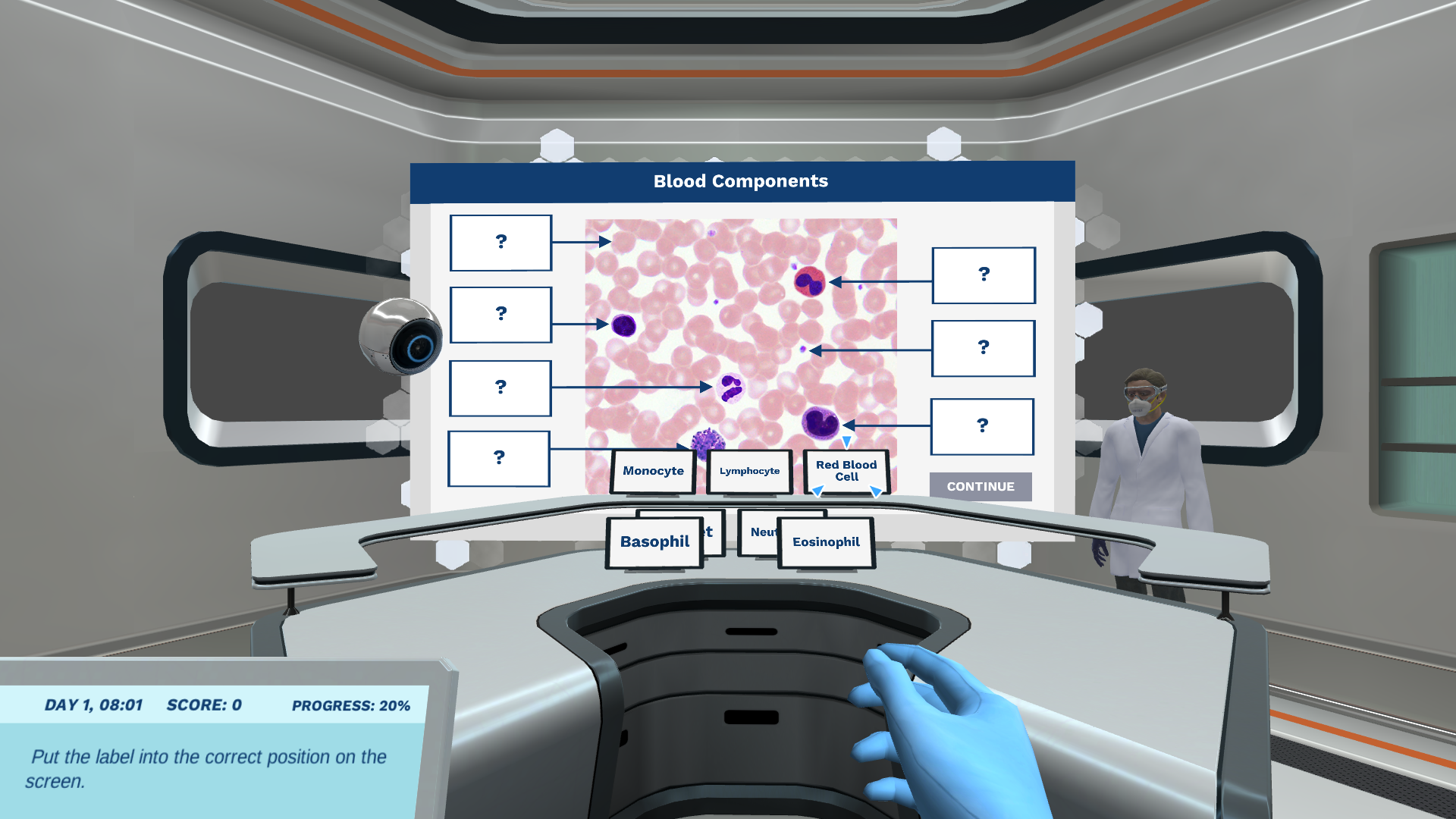
.png)
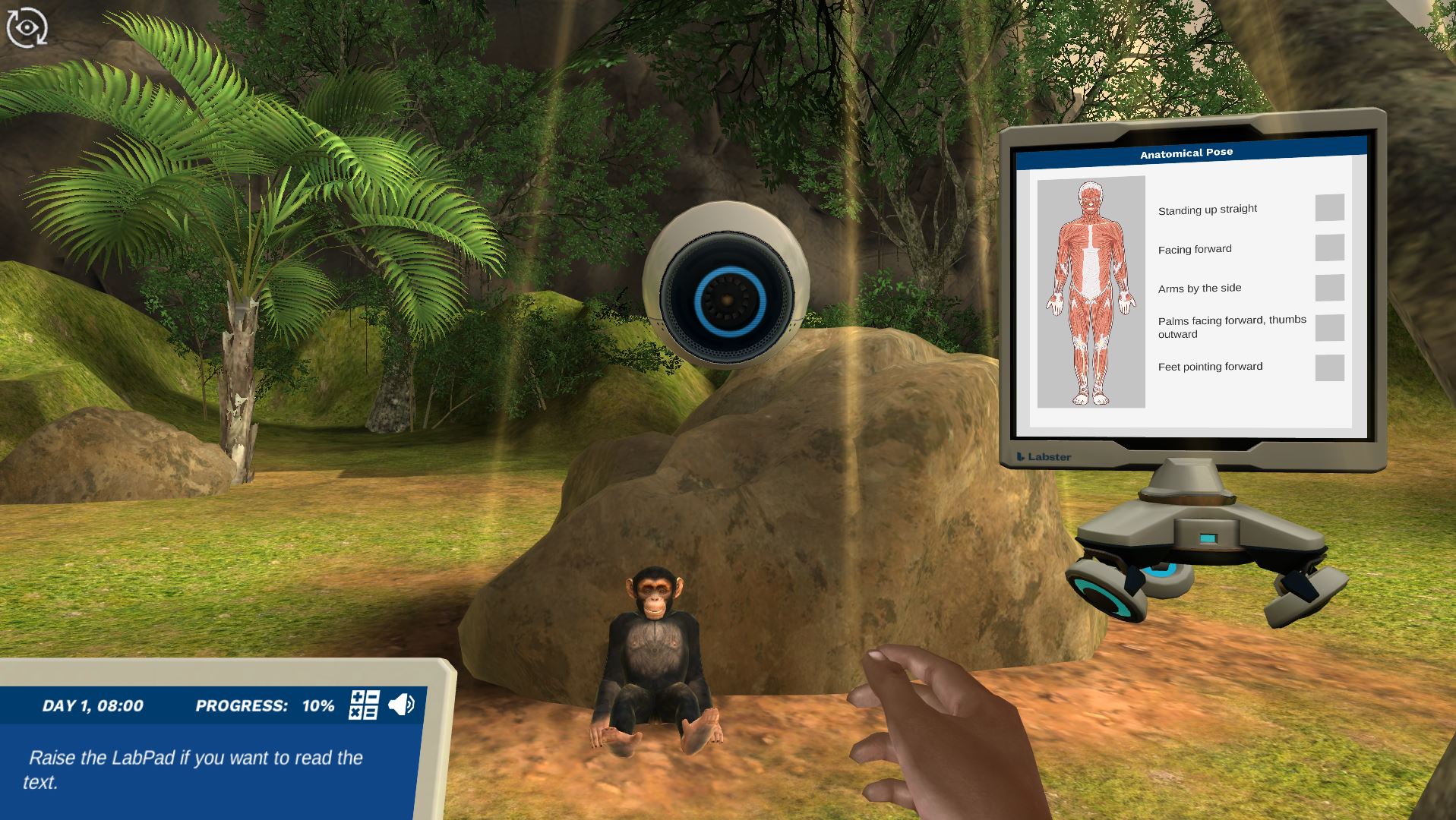
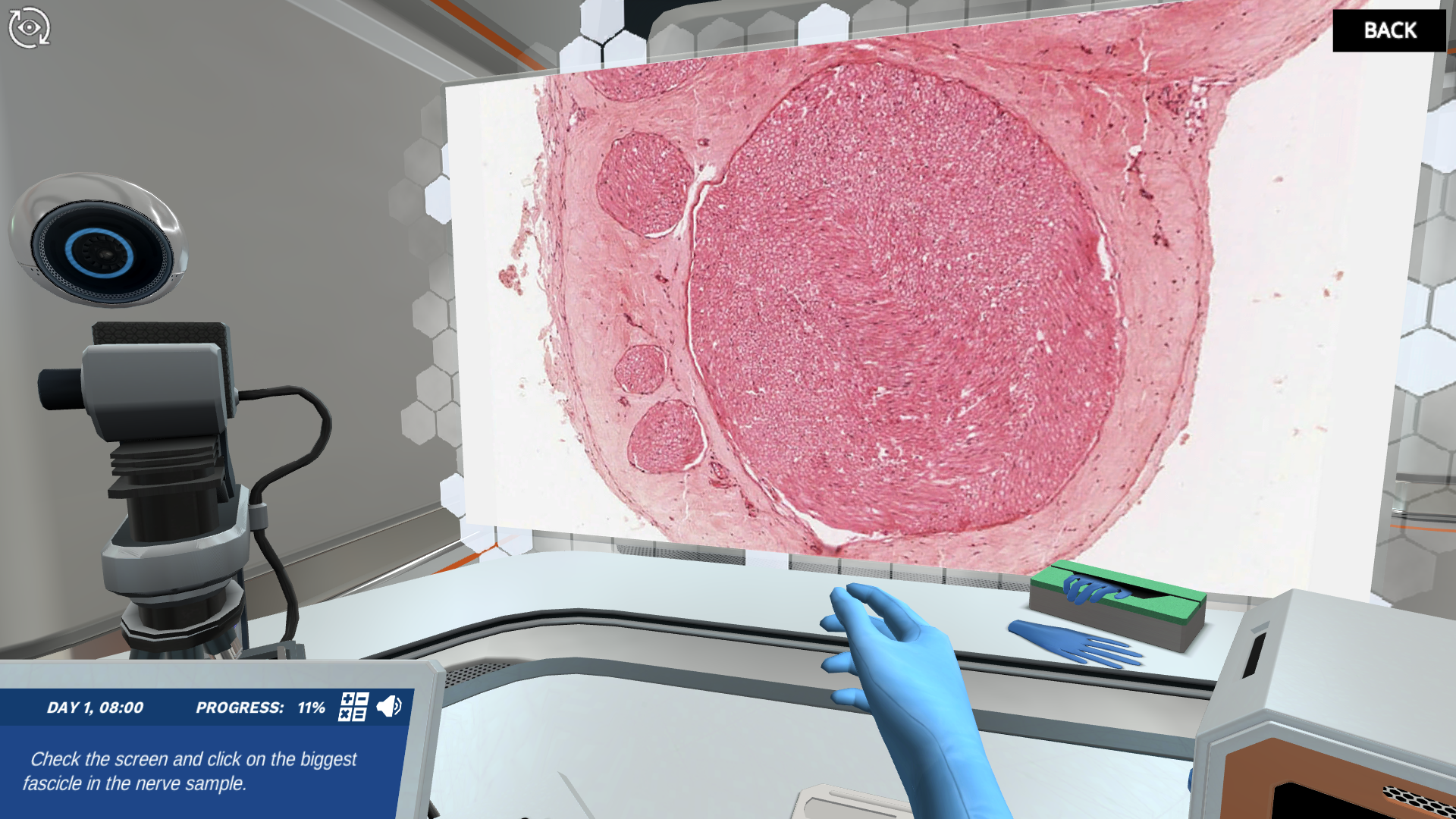
.JPG)

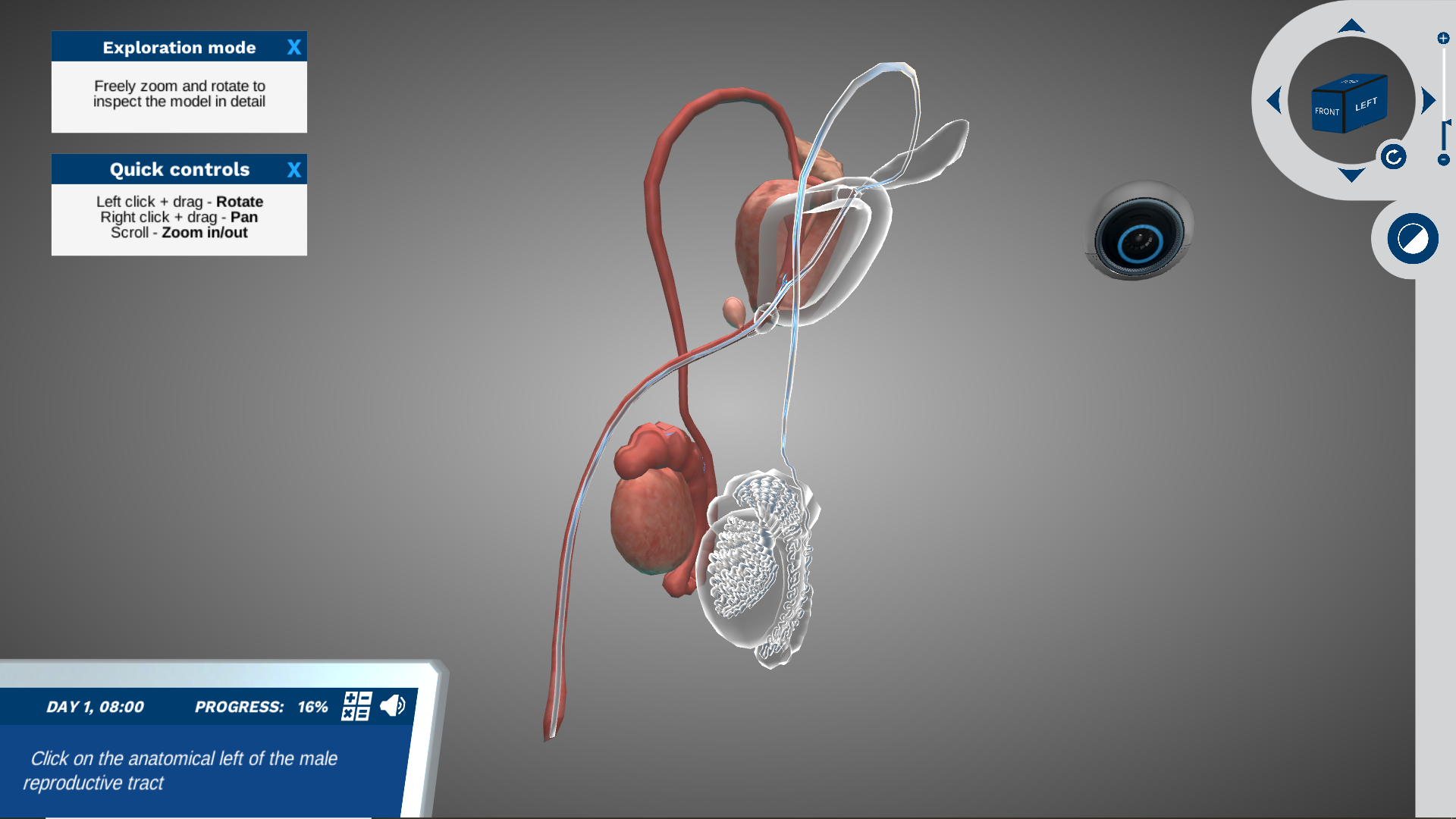



.png)

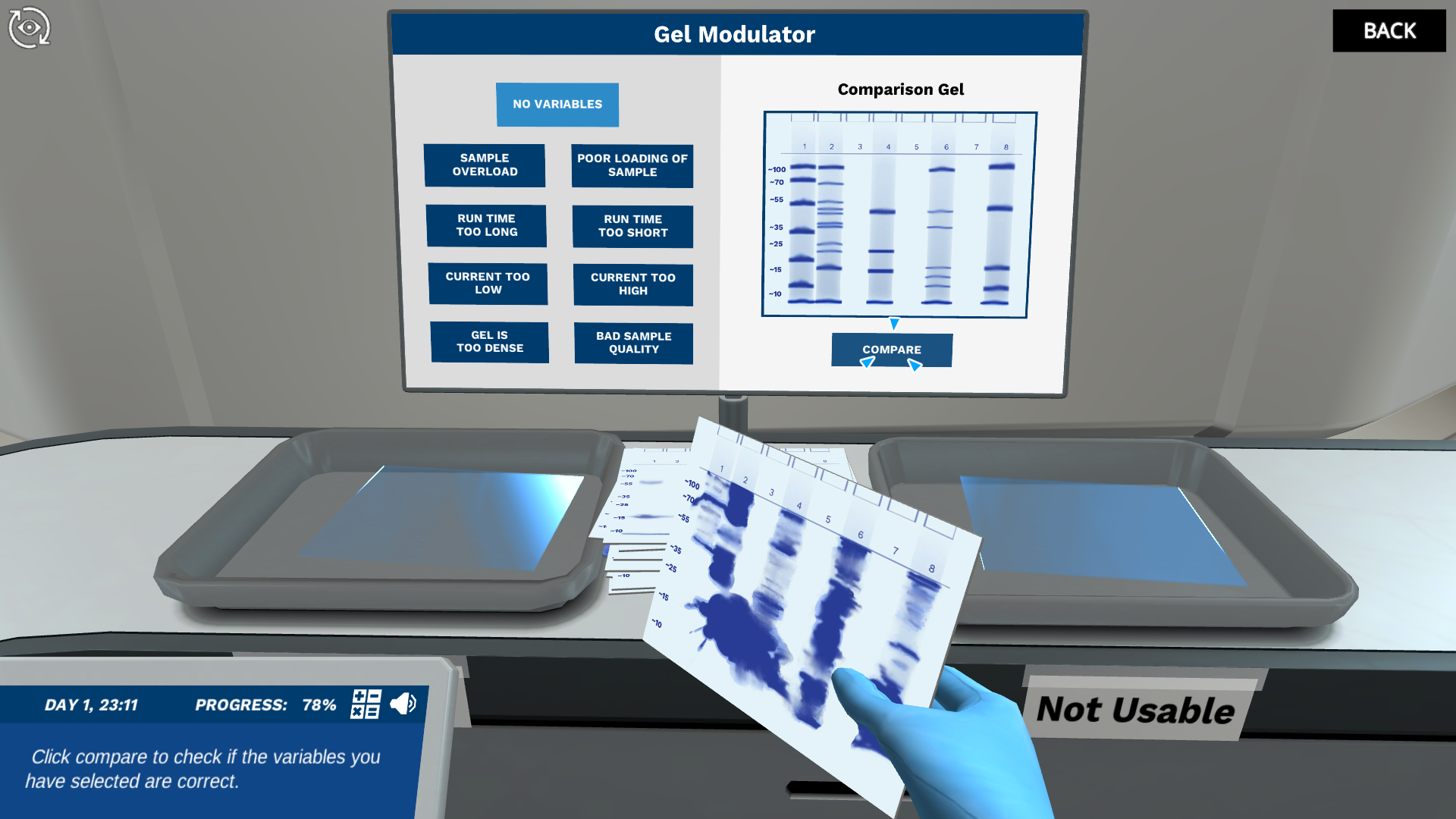
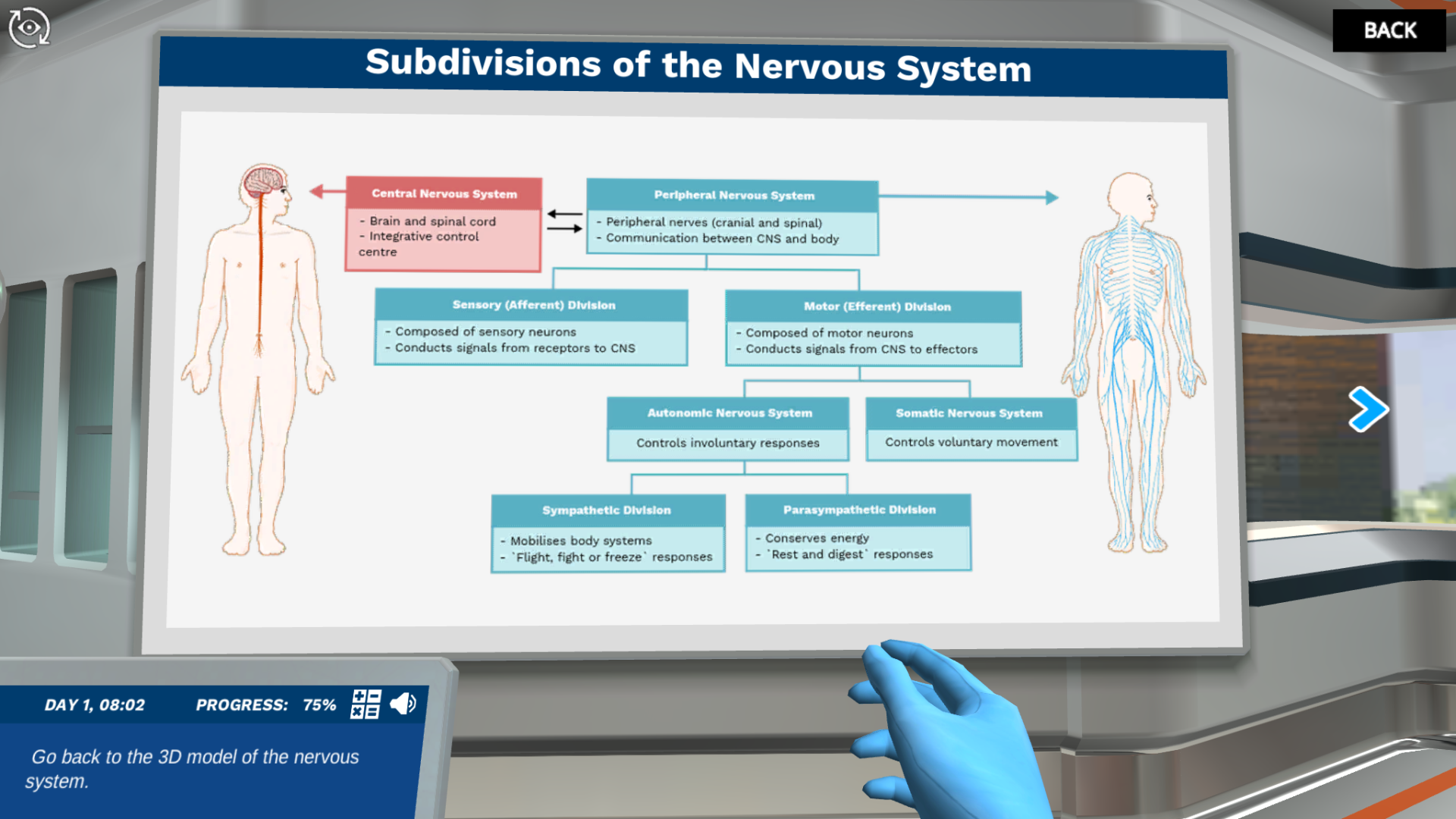


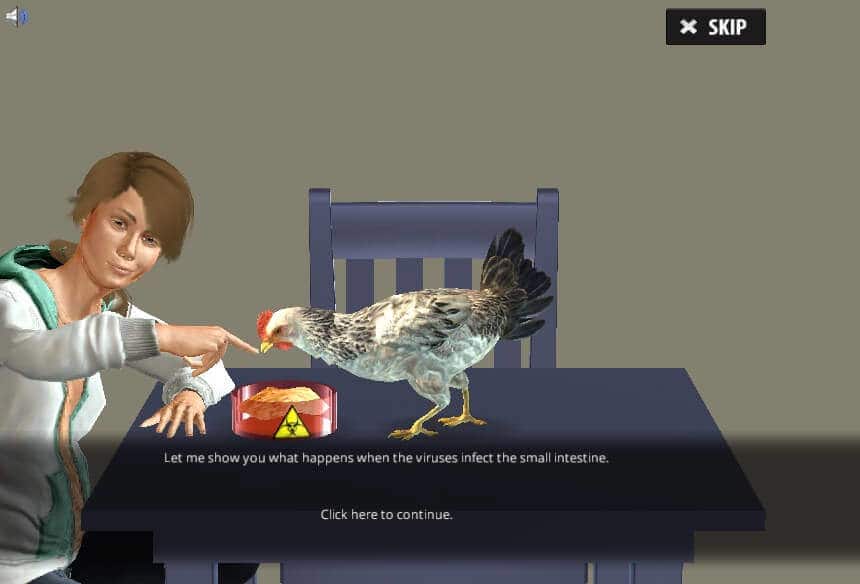

.JPG)
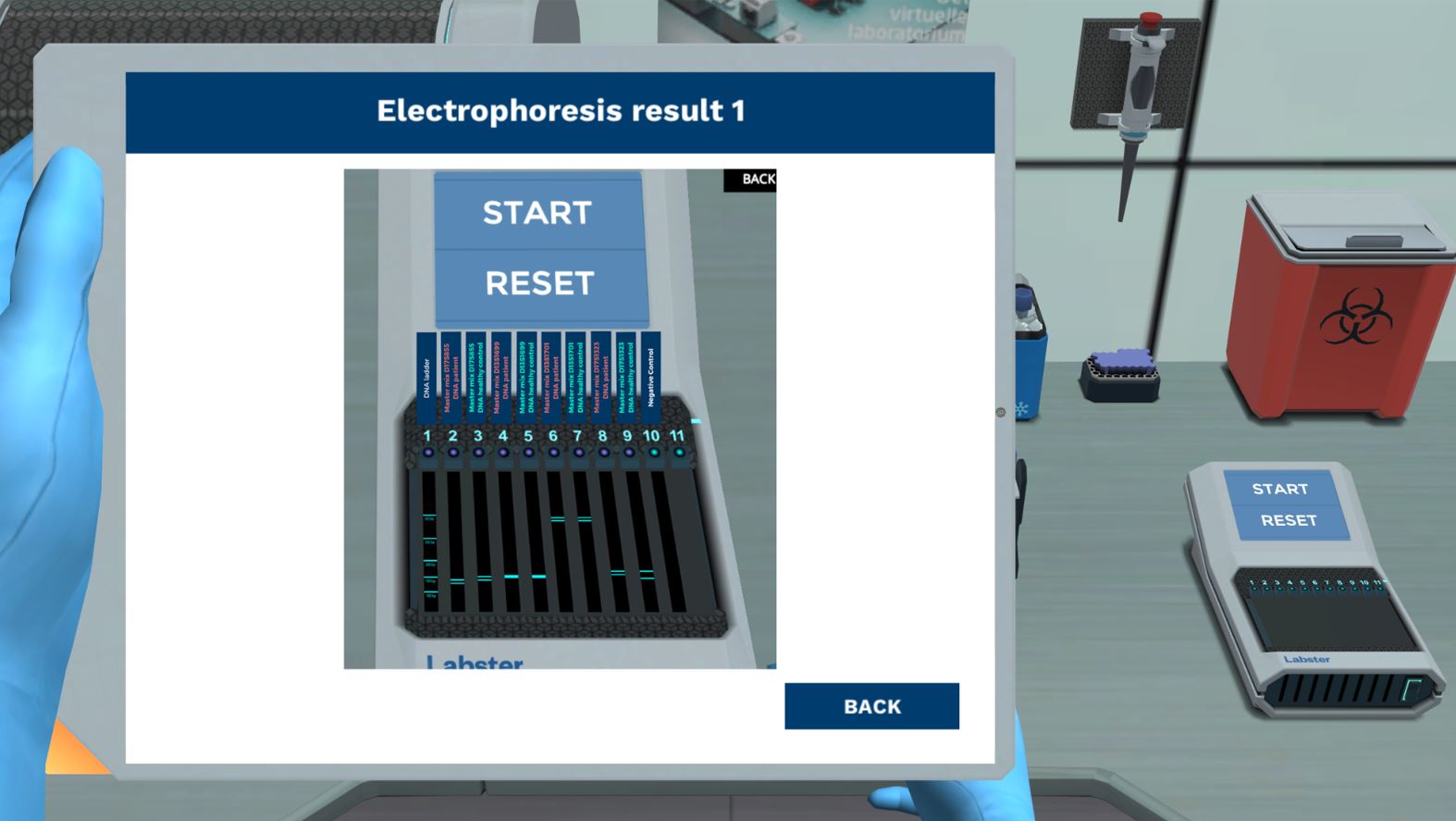
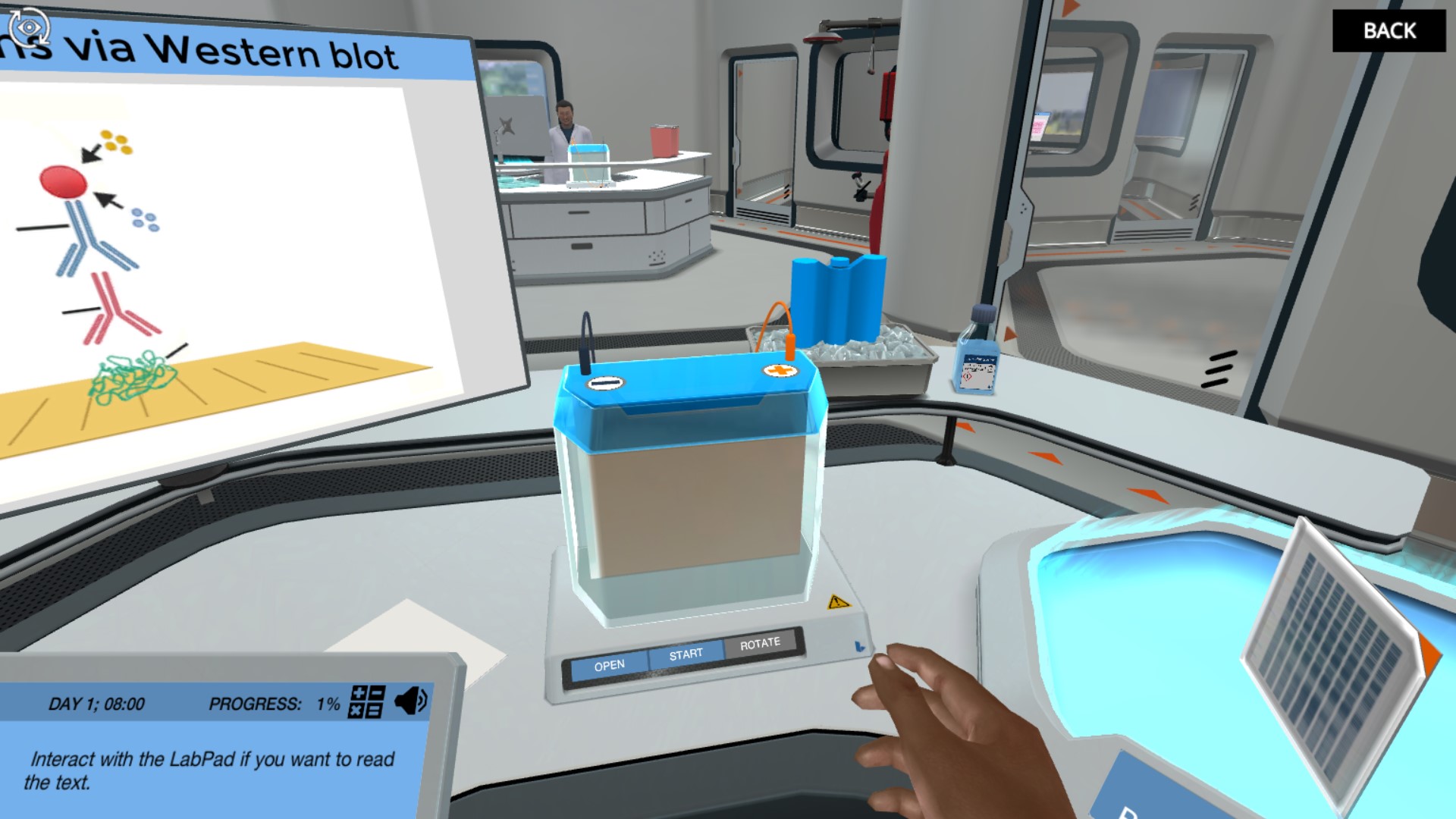
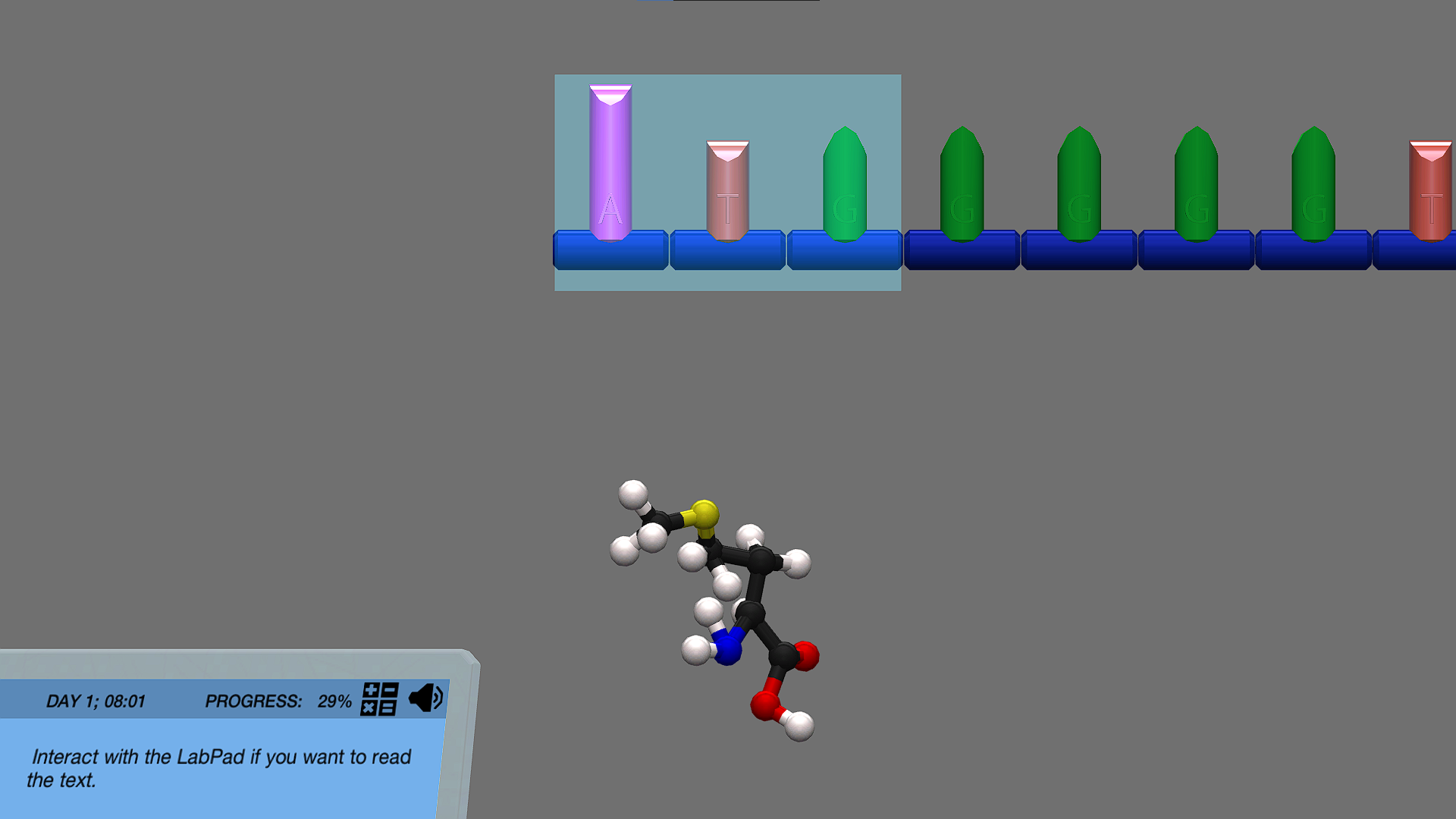
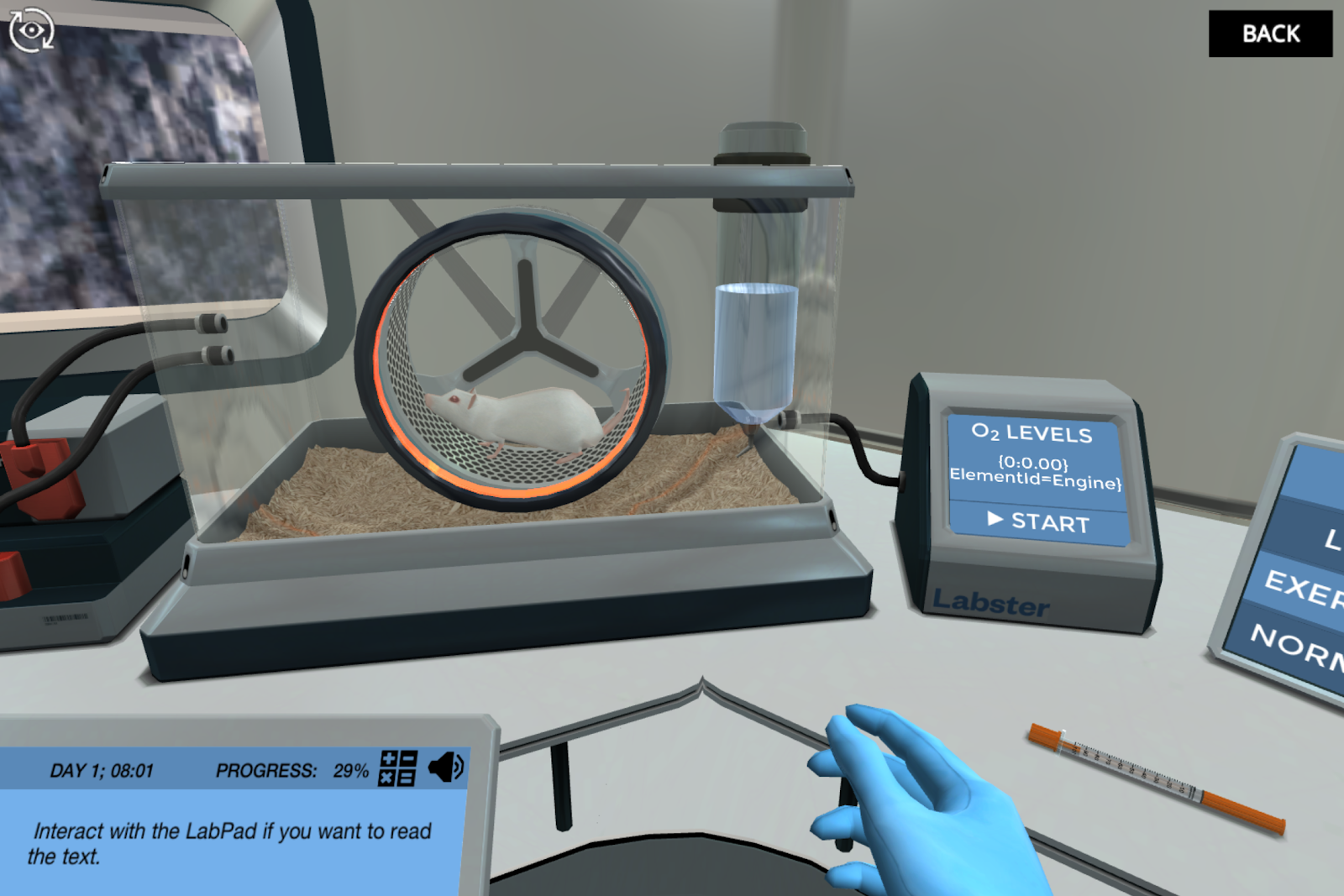
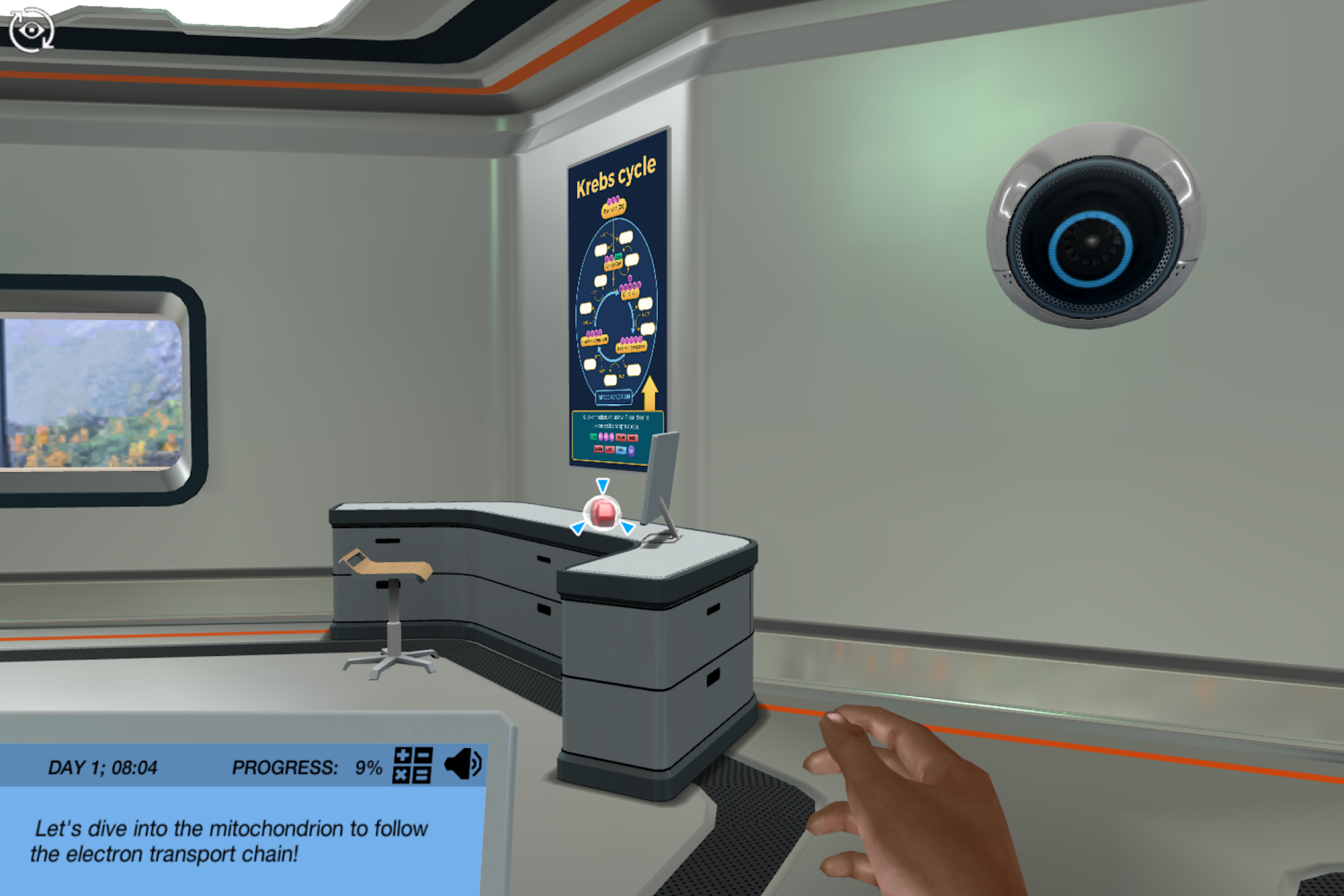

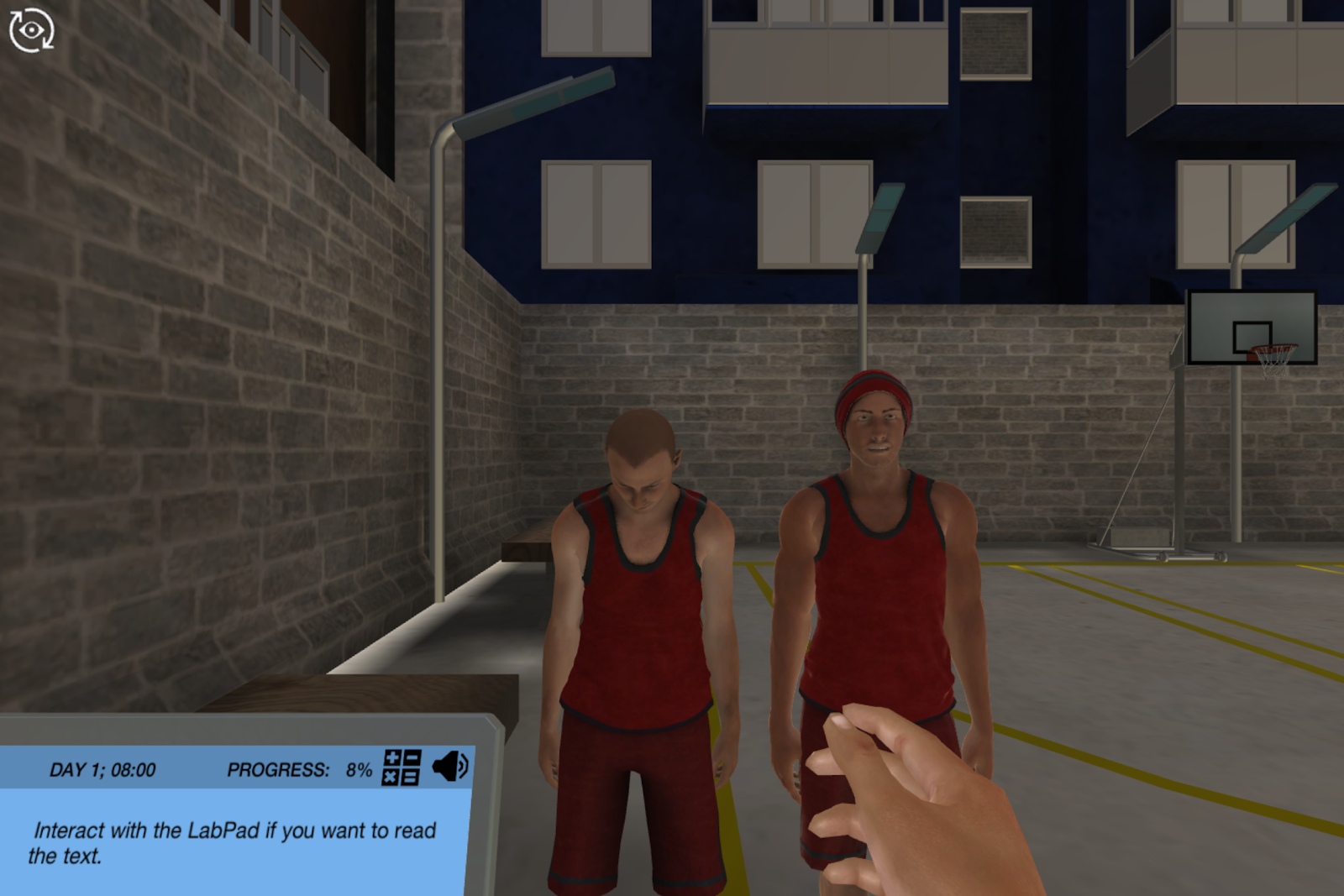
.png)
.png)
.png)

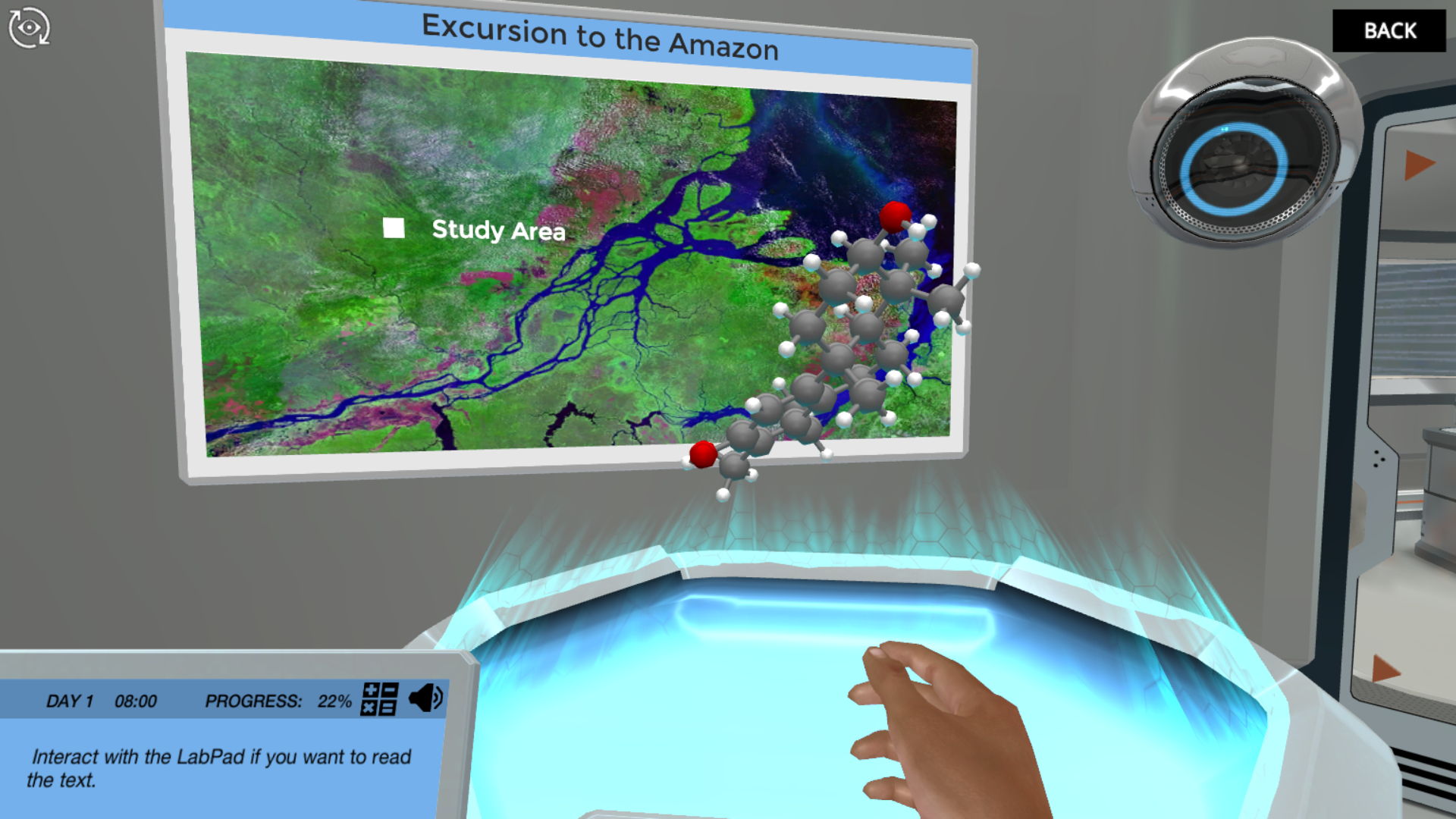
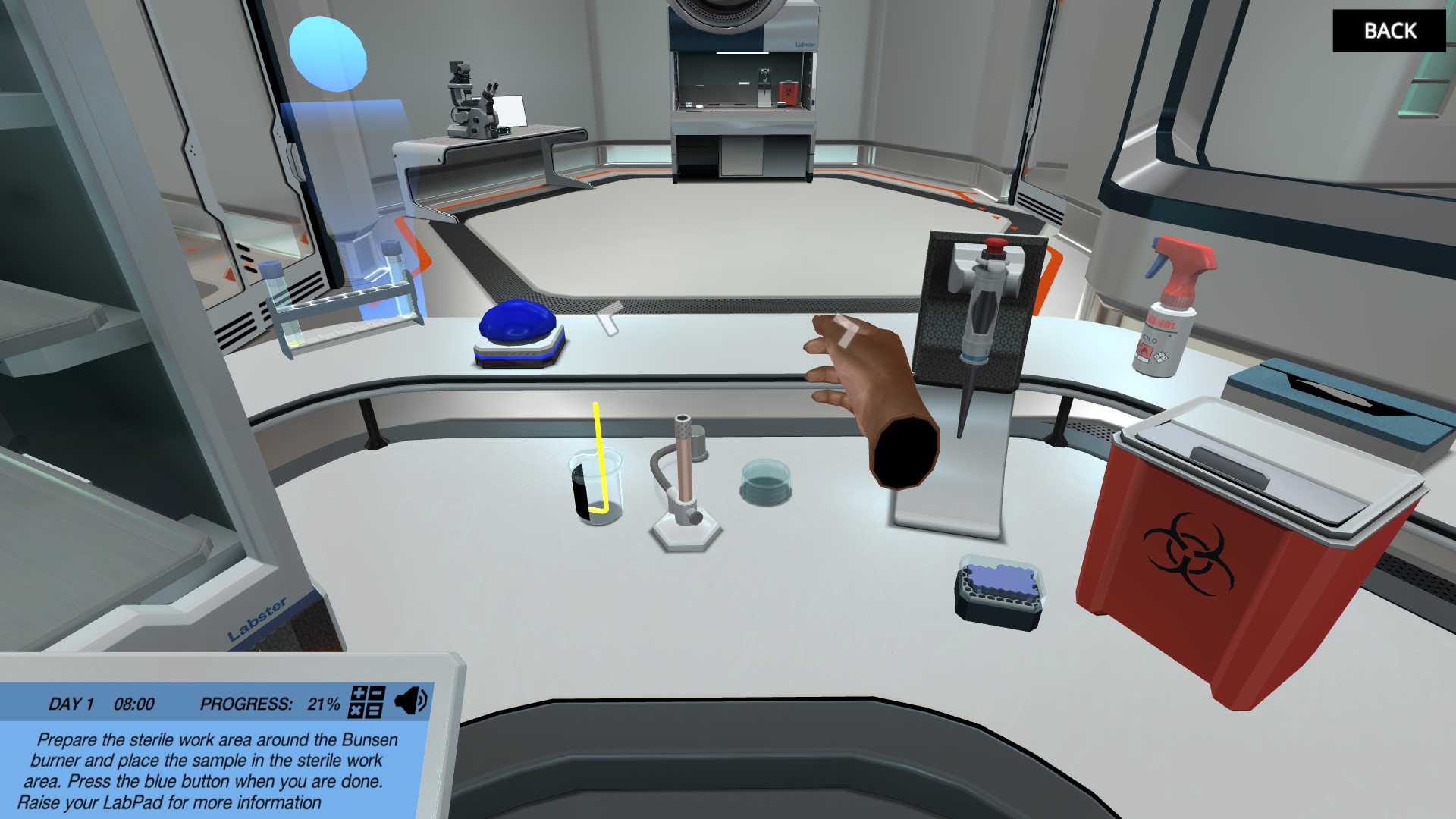
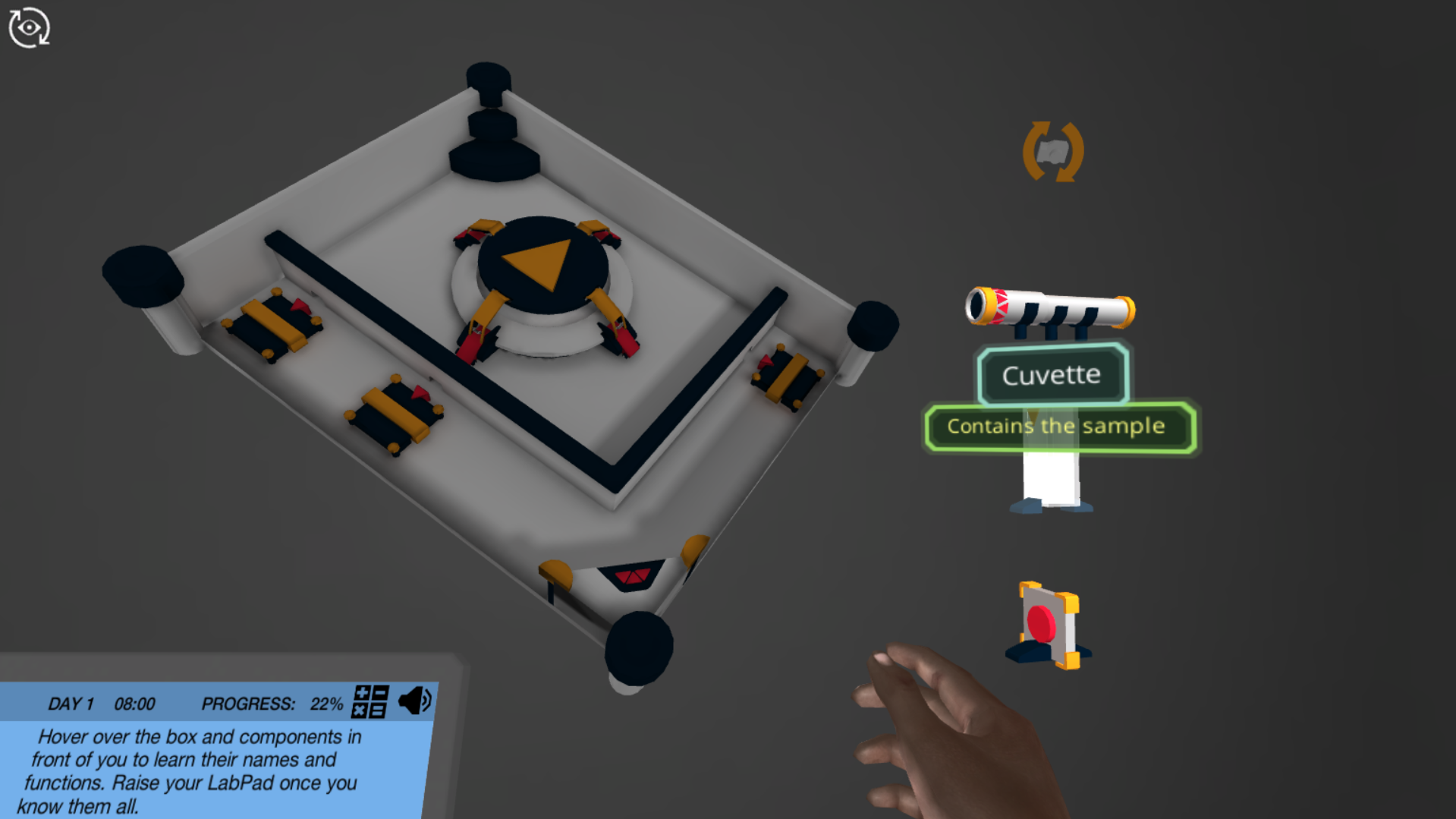

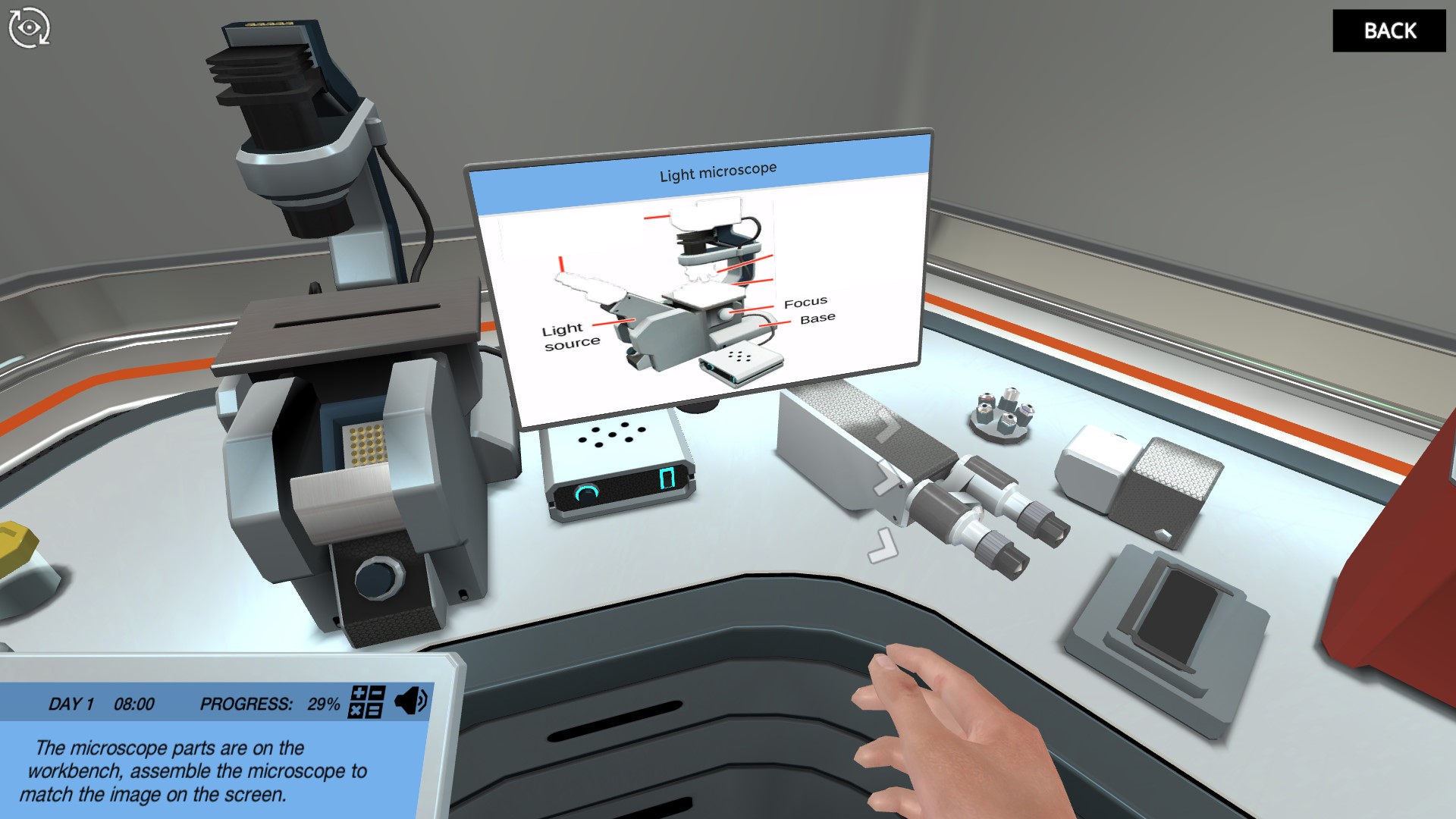
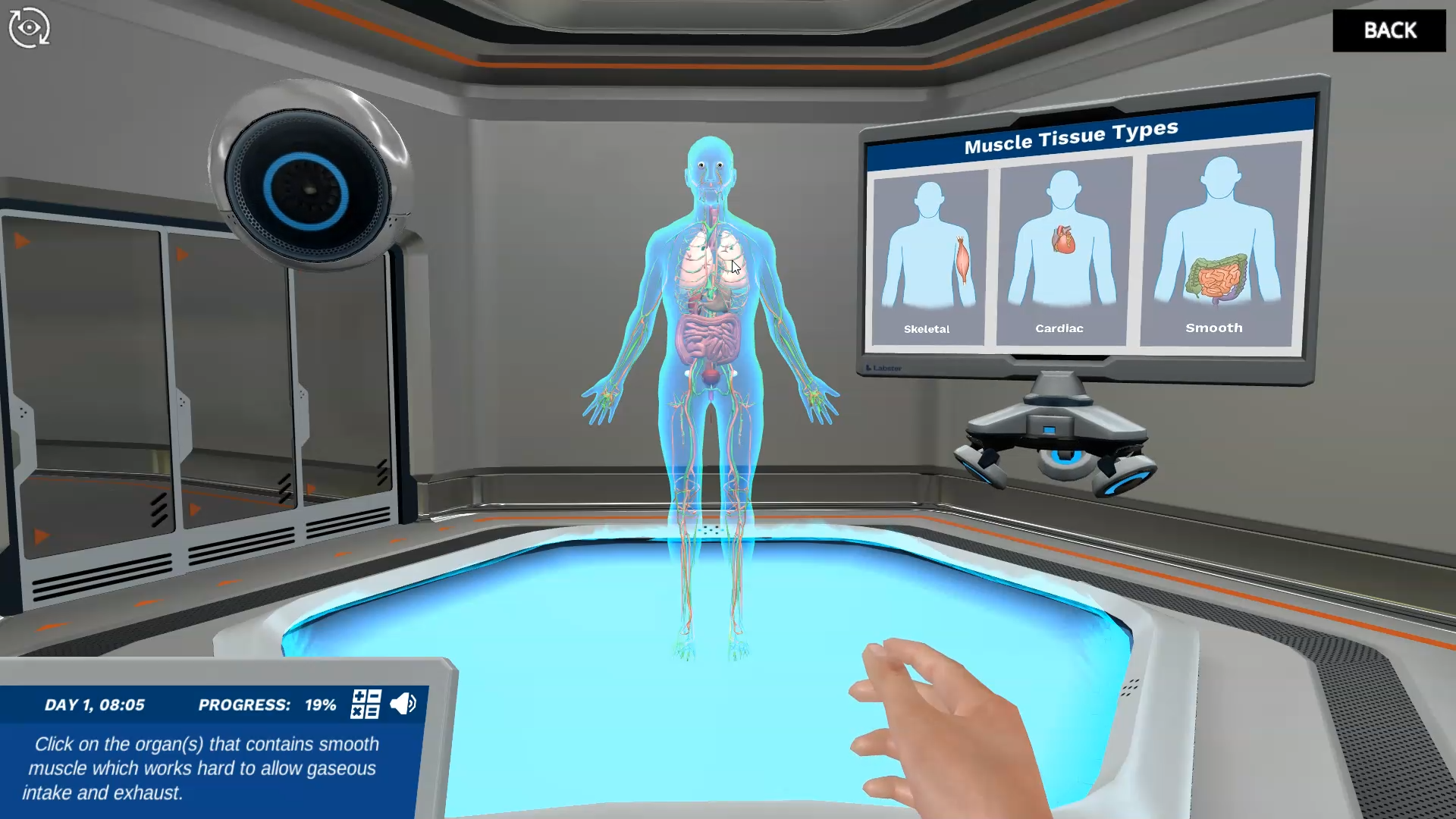
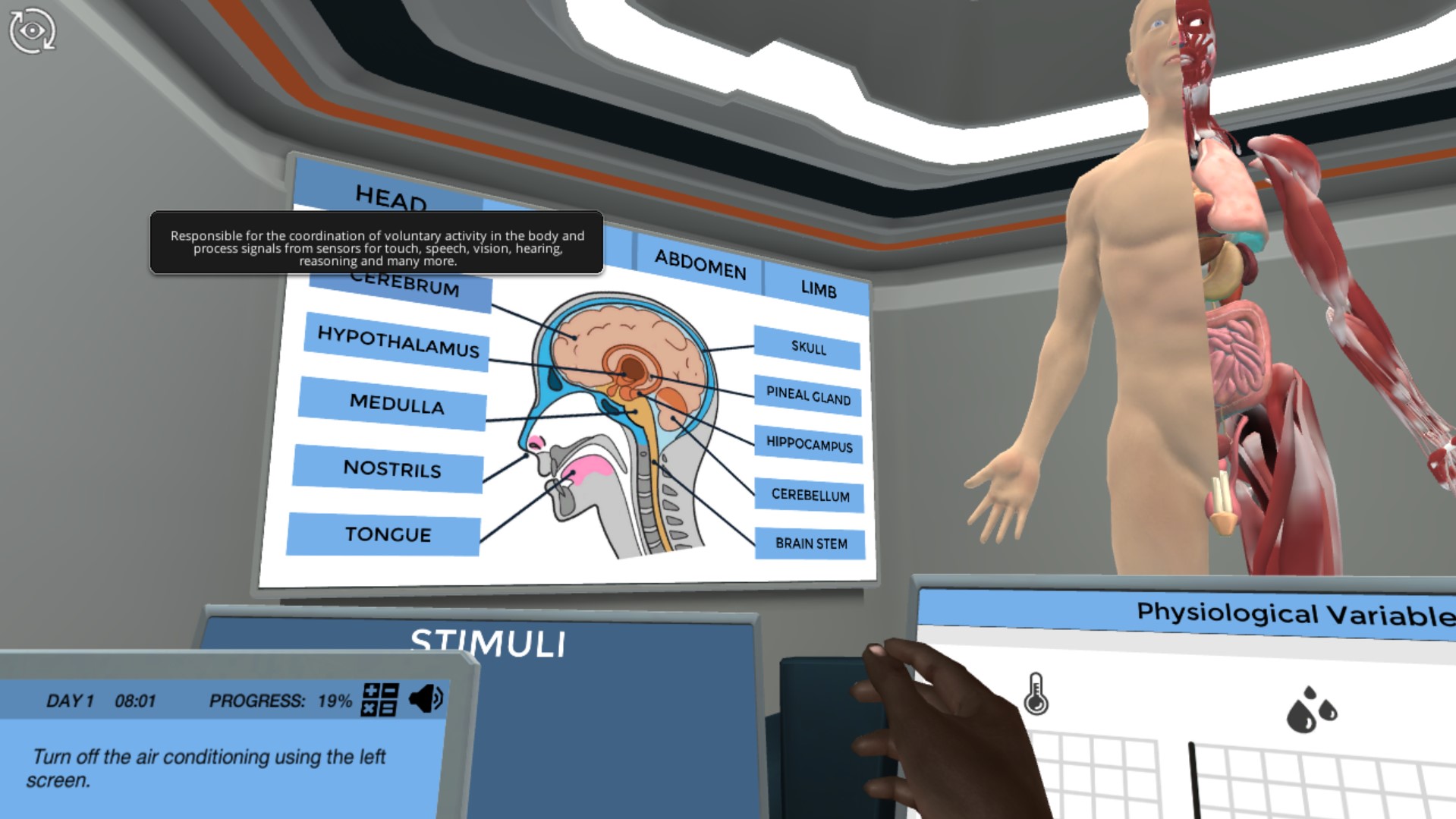
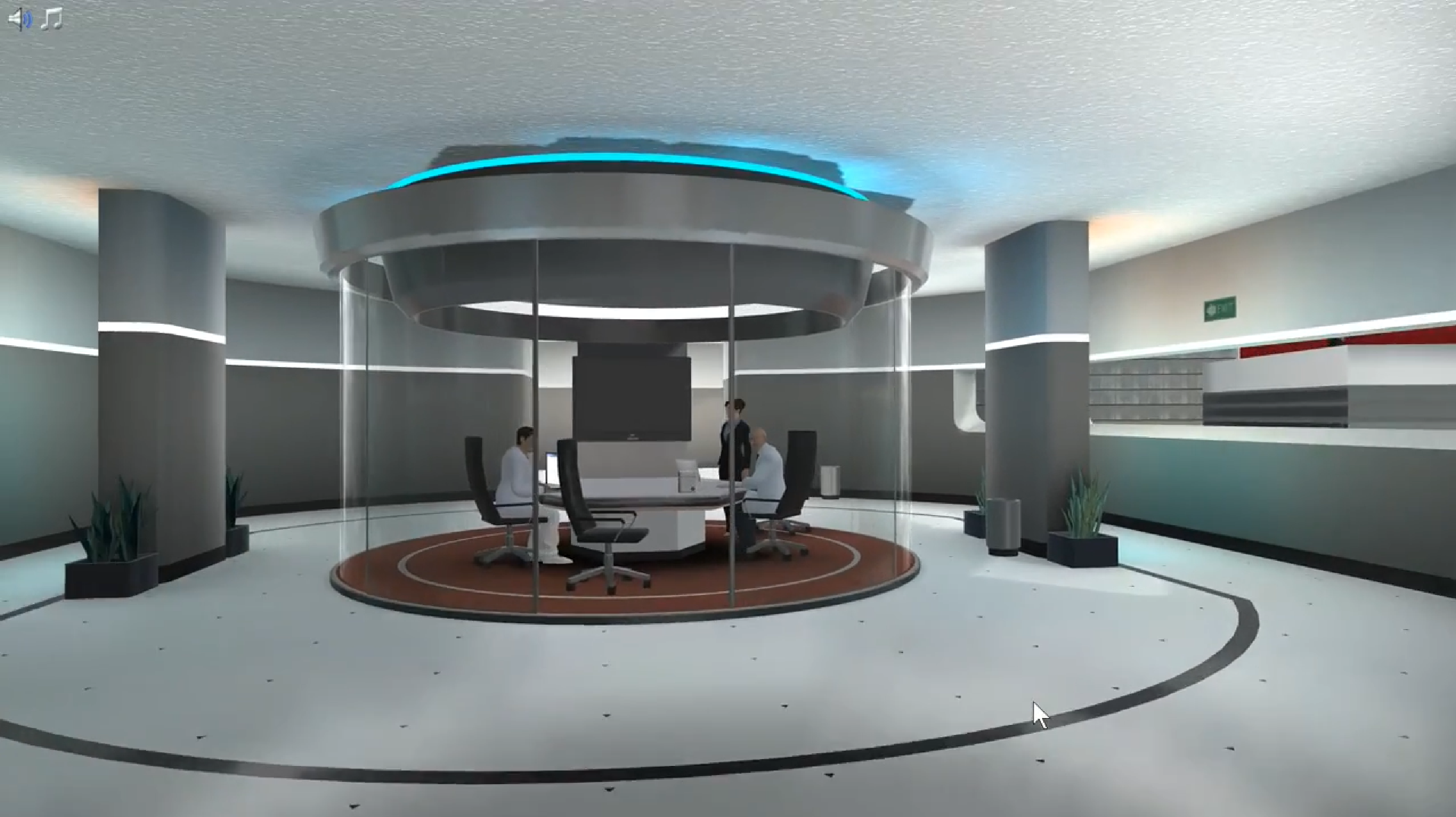
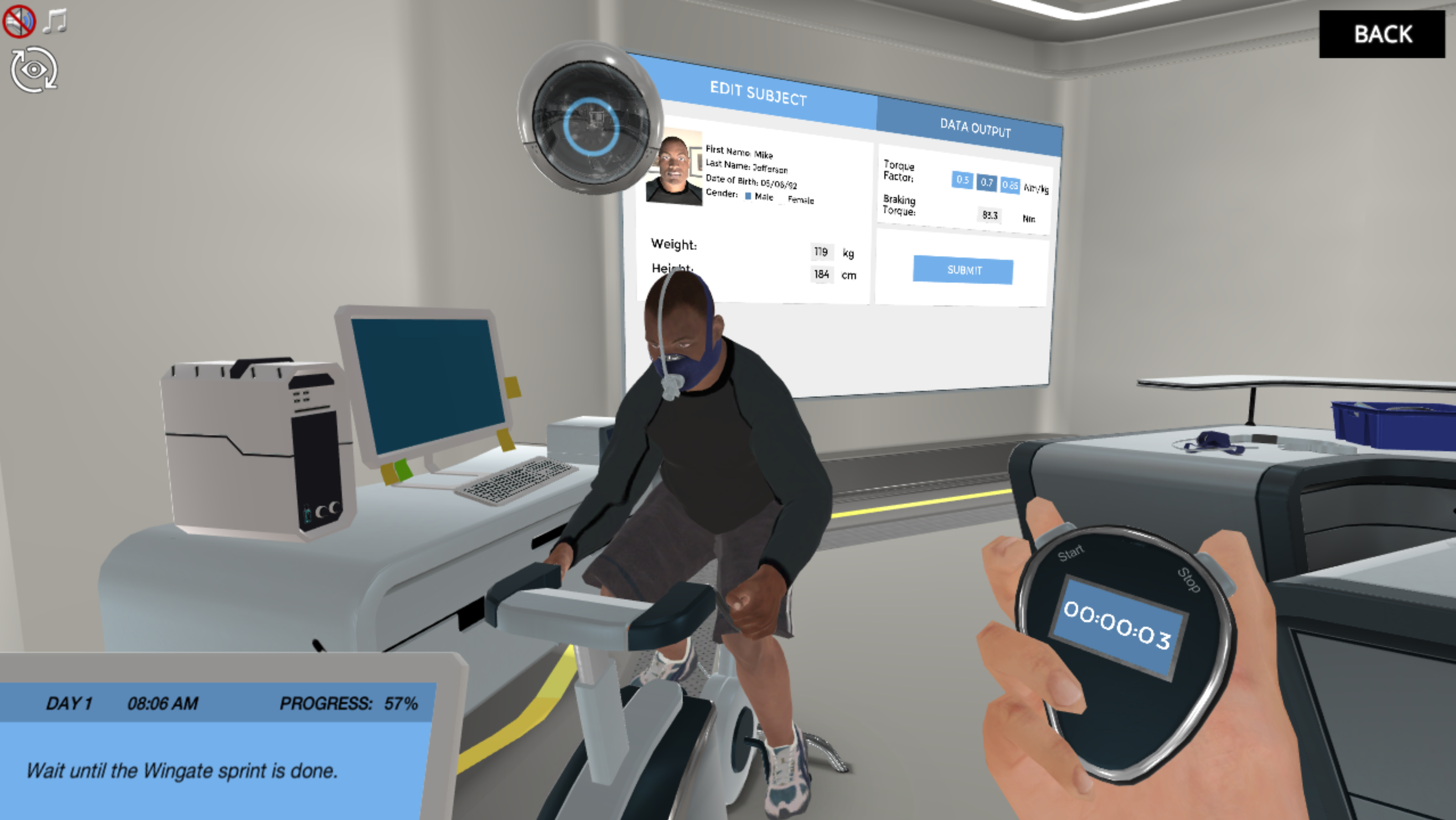

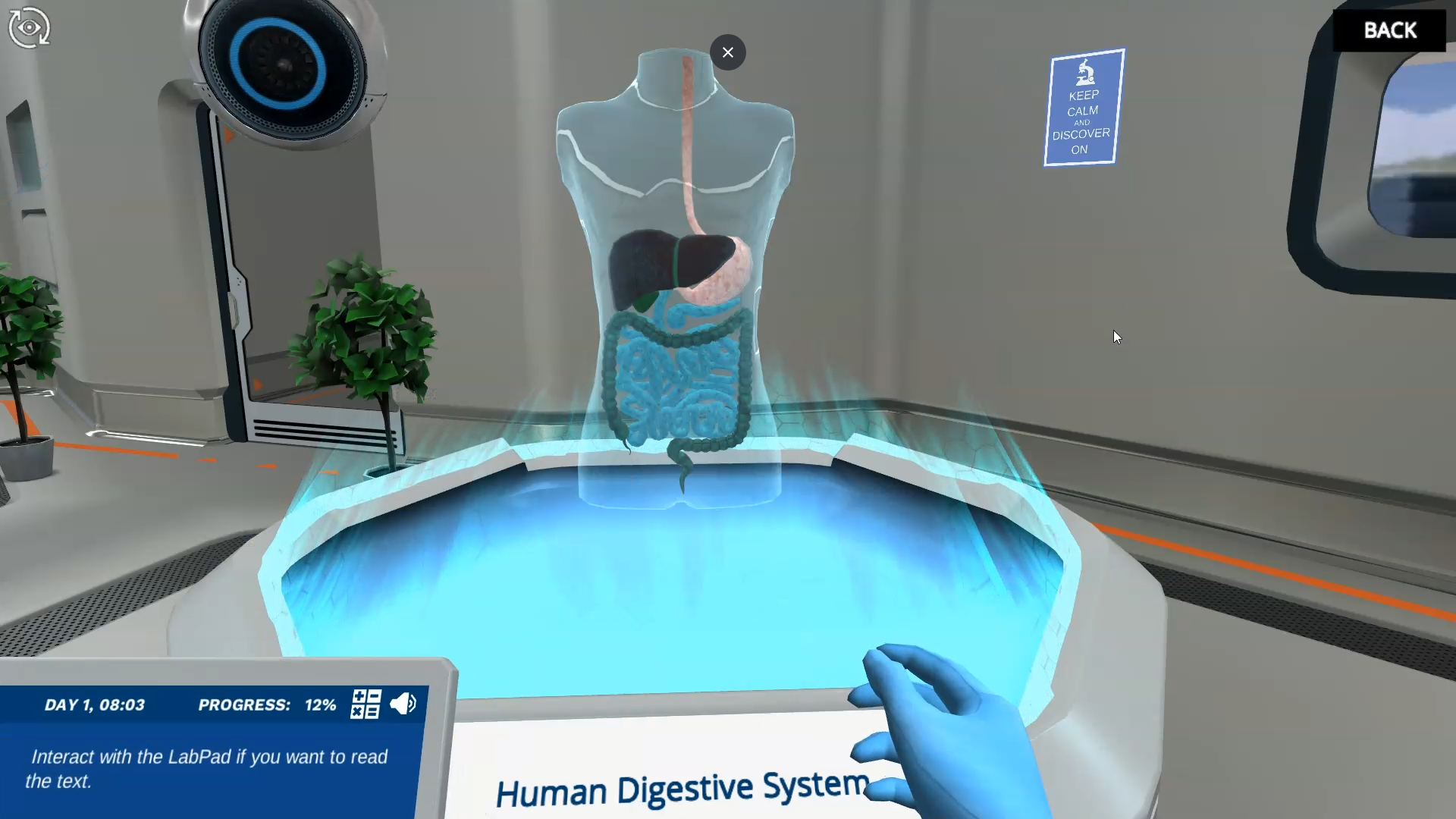
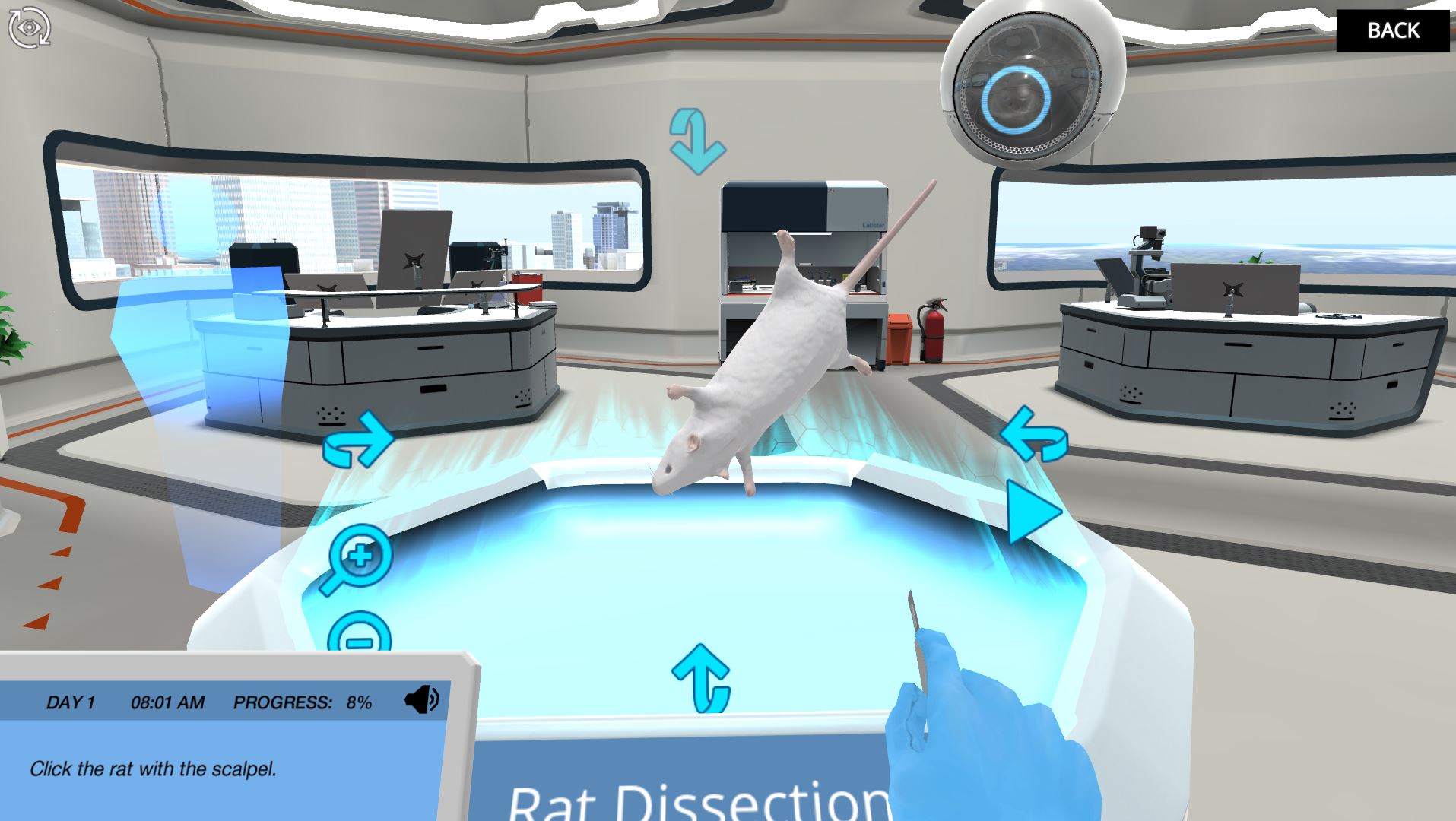
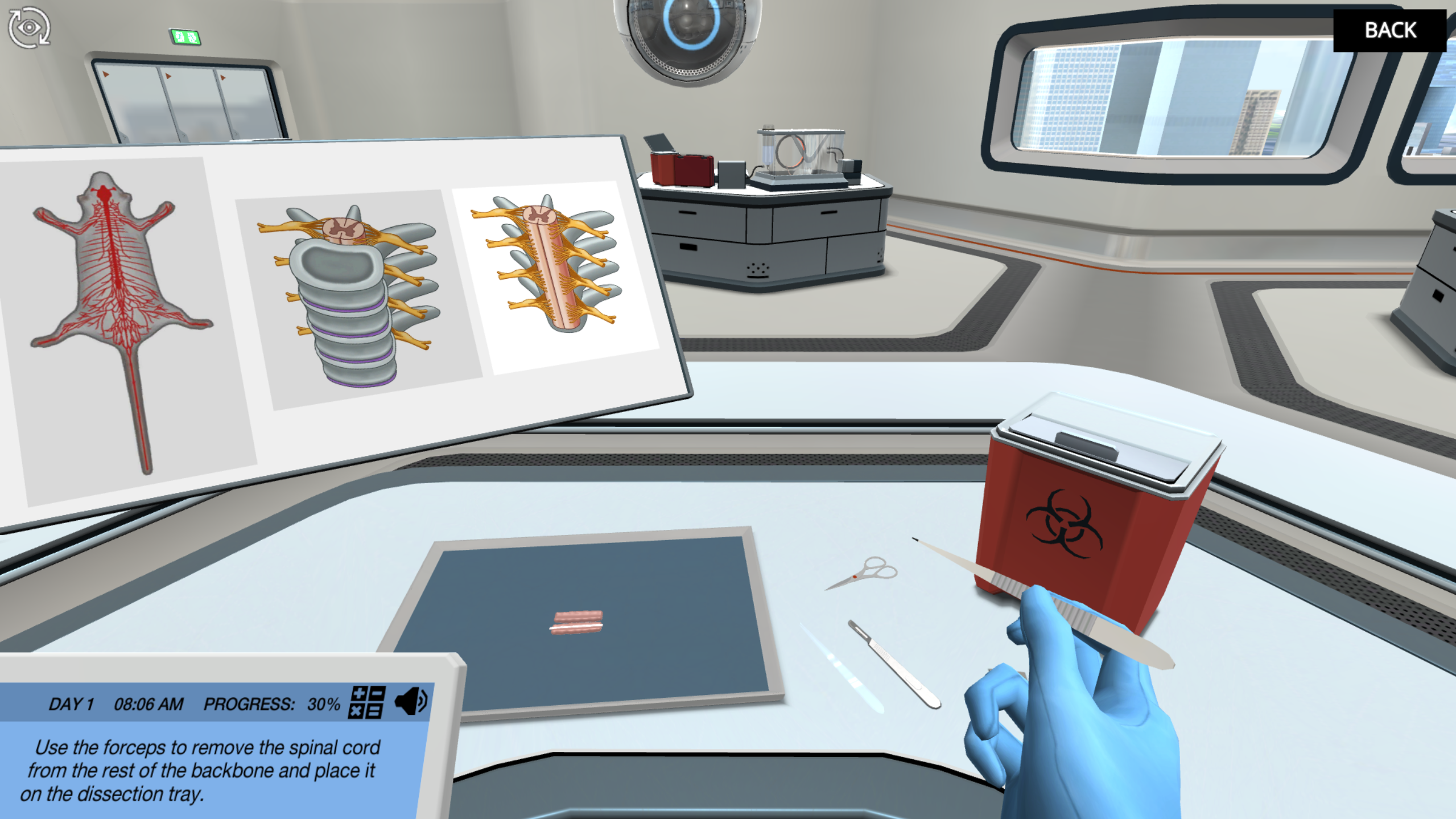
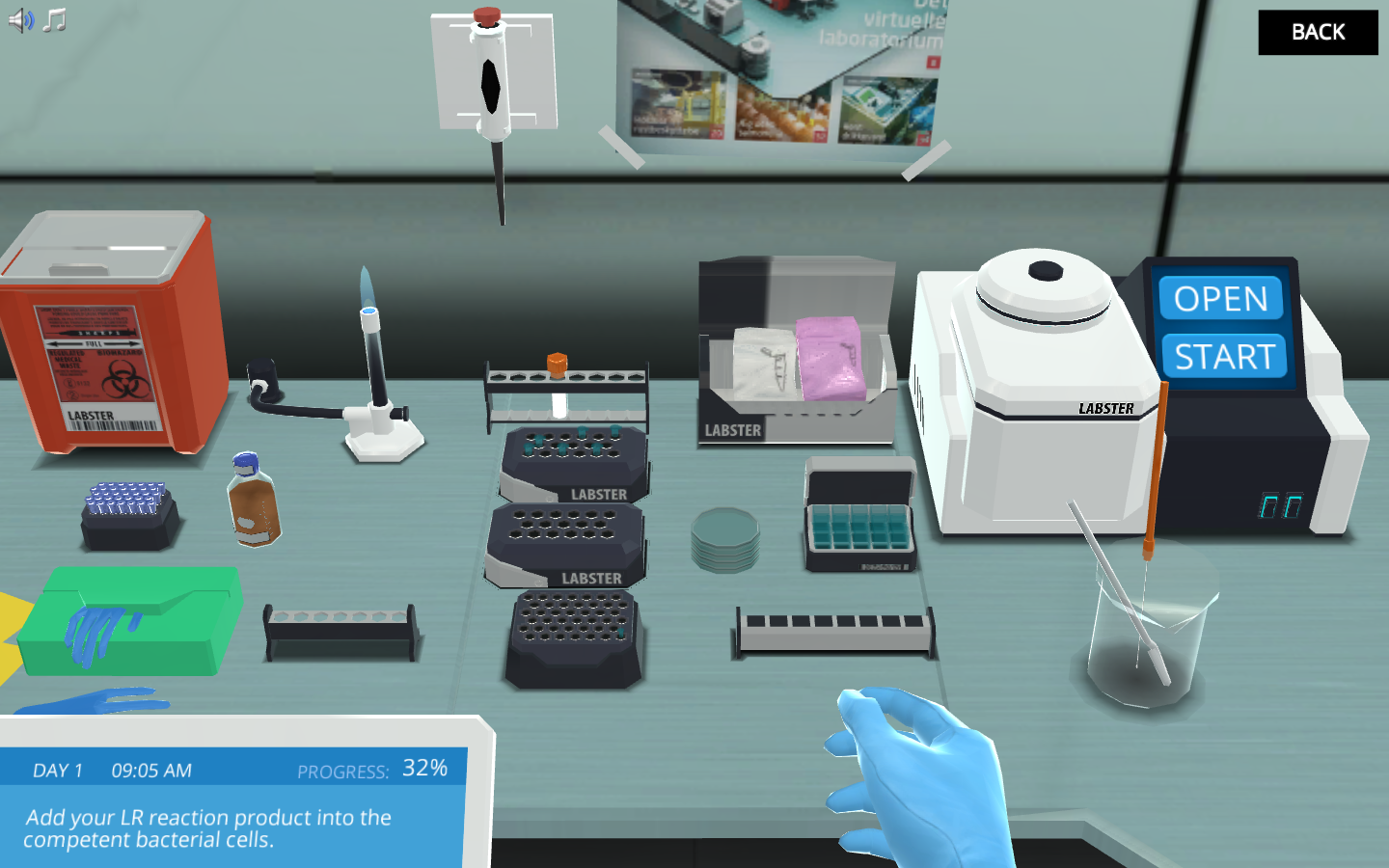
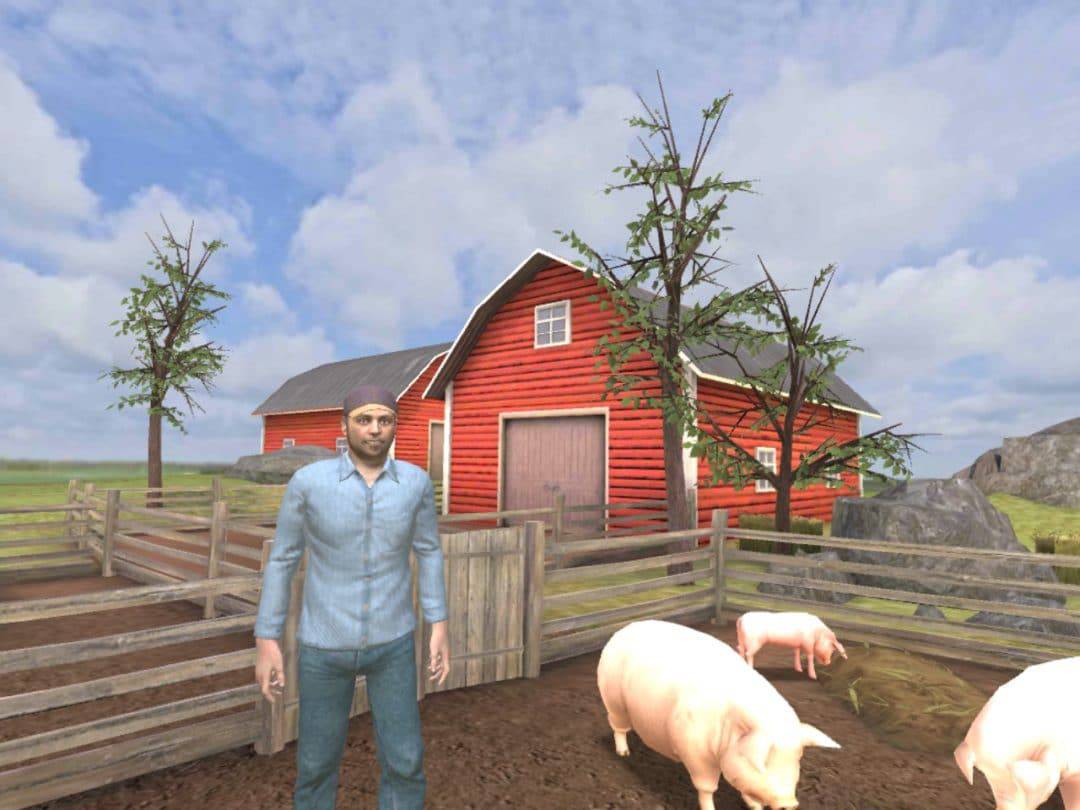


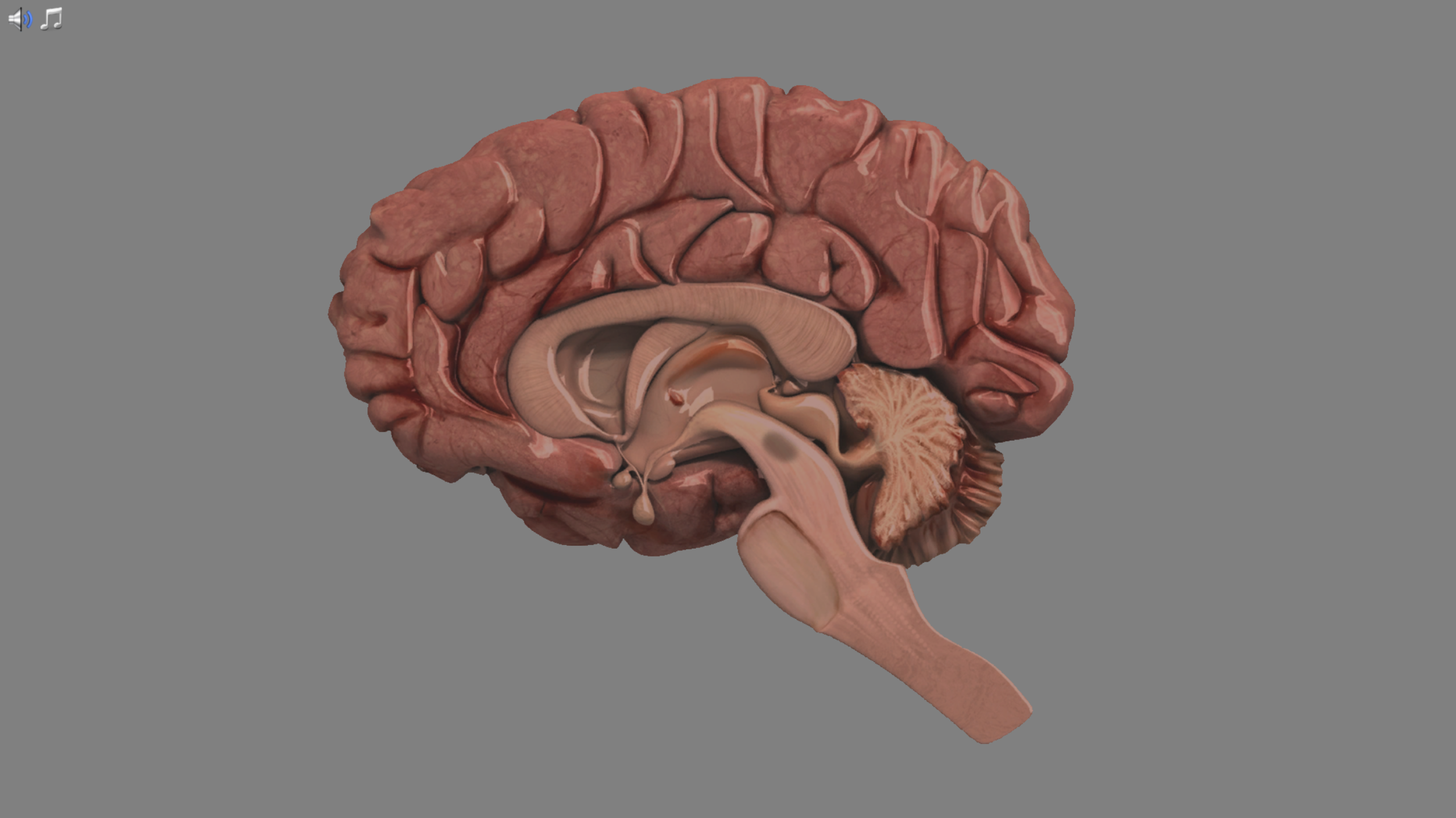
.png)
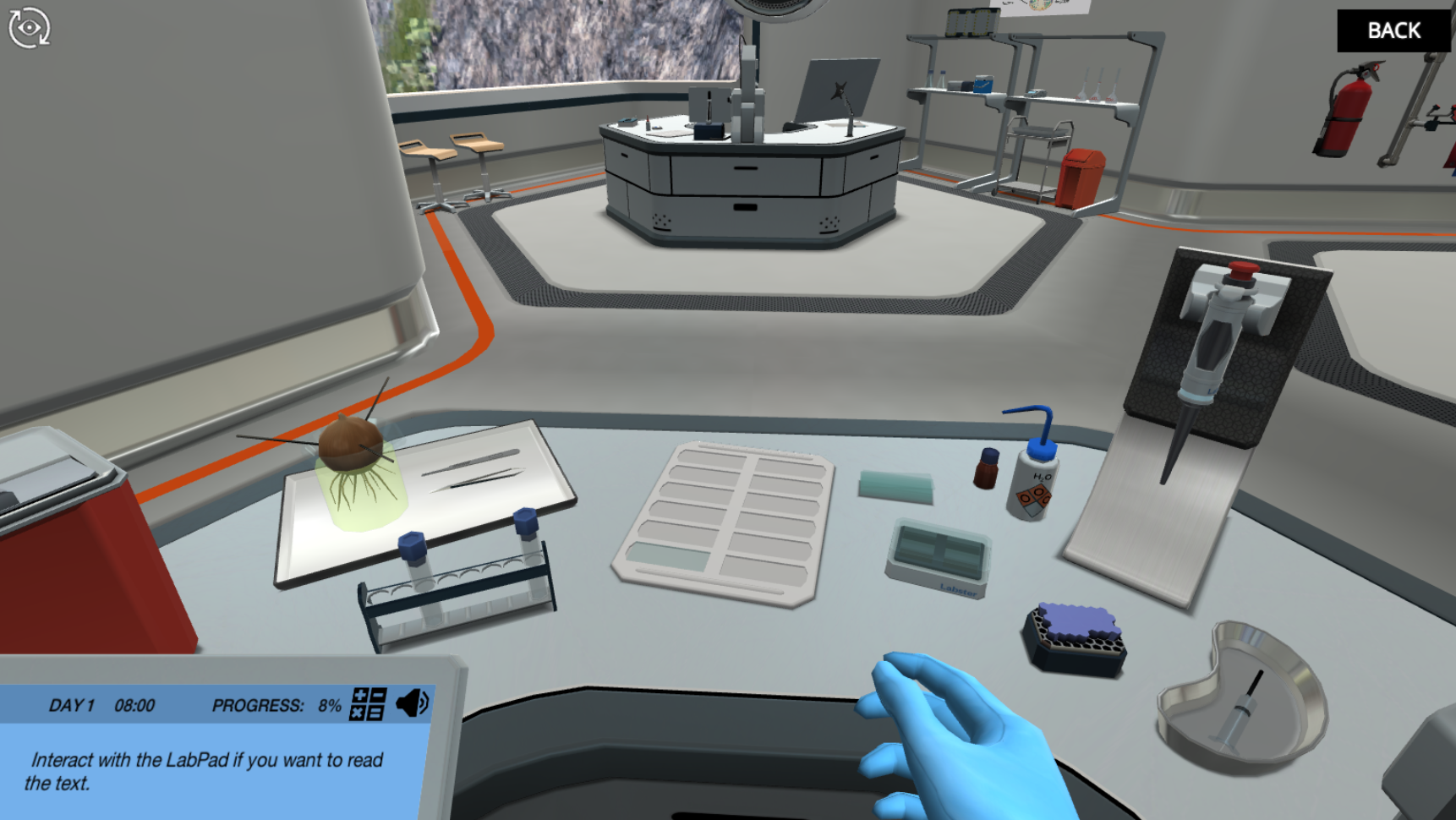
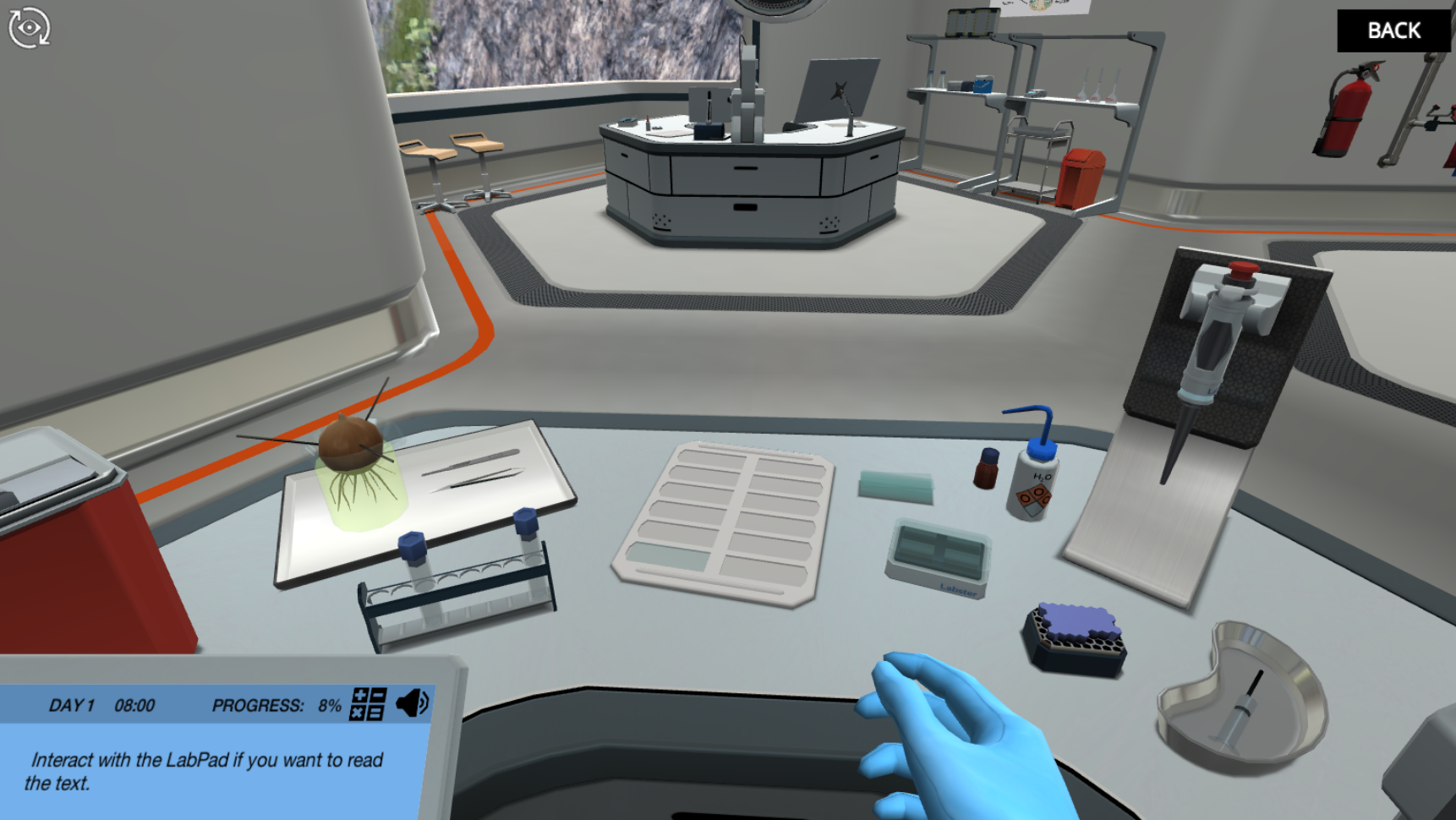

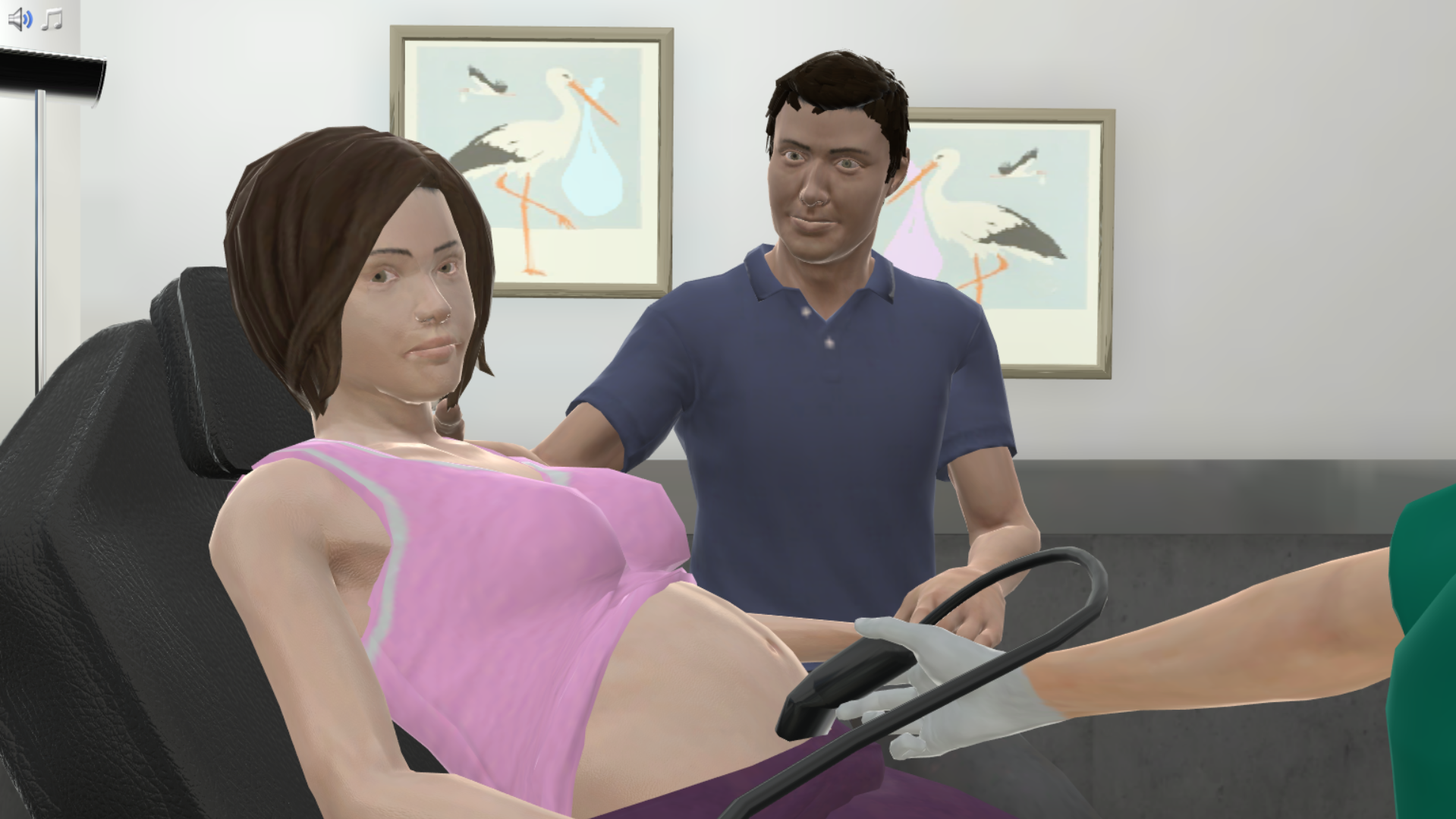
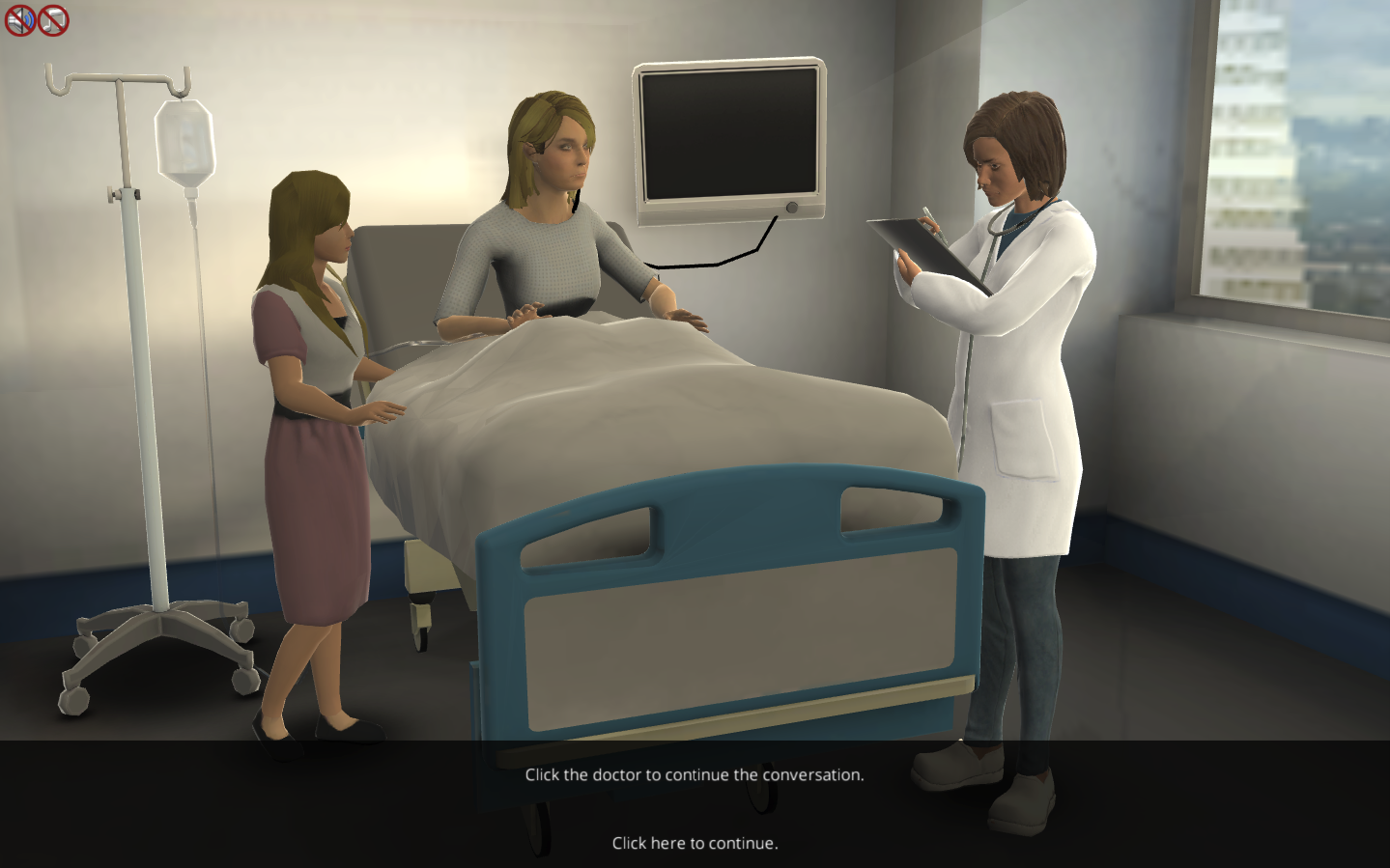
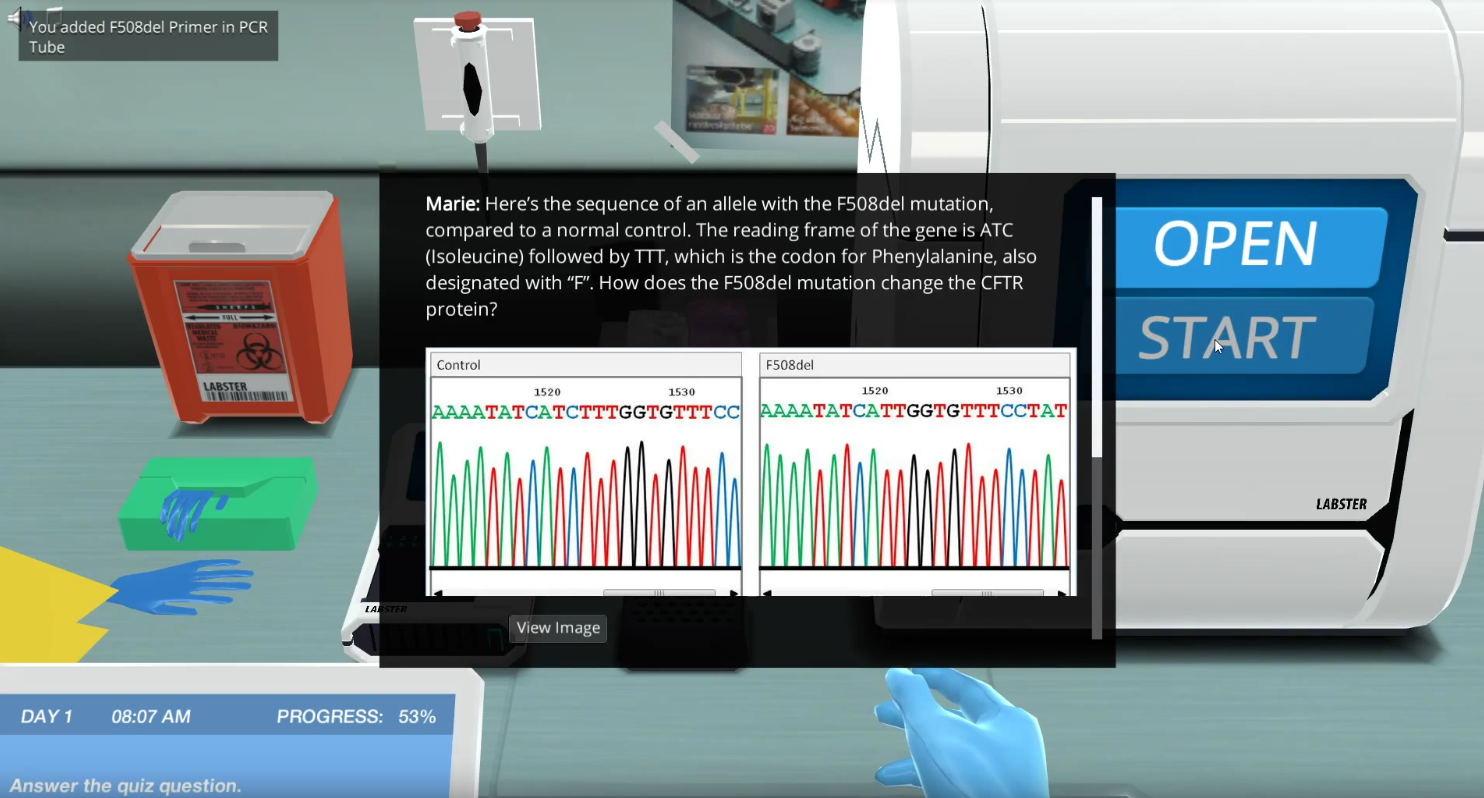
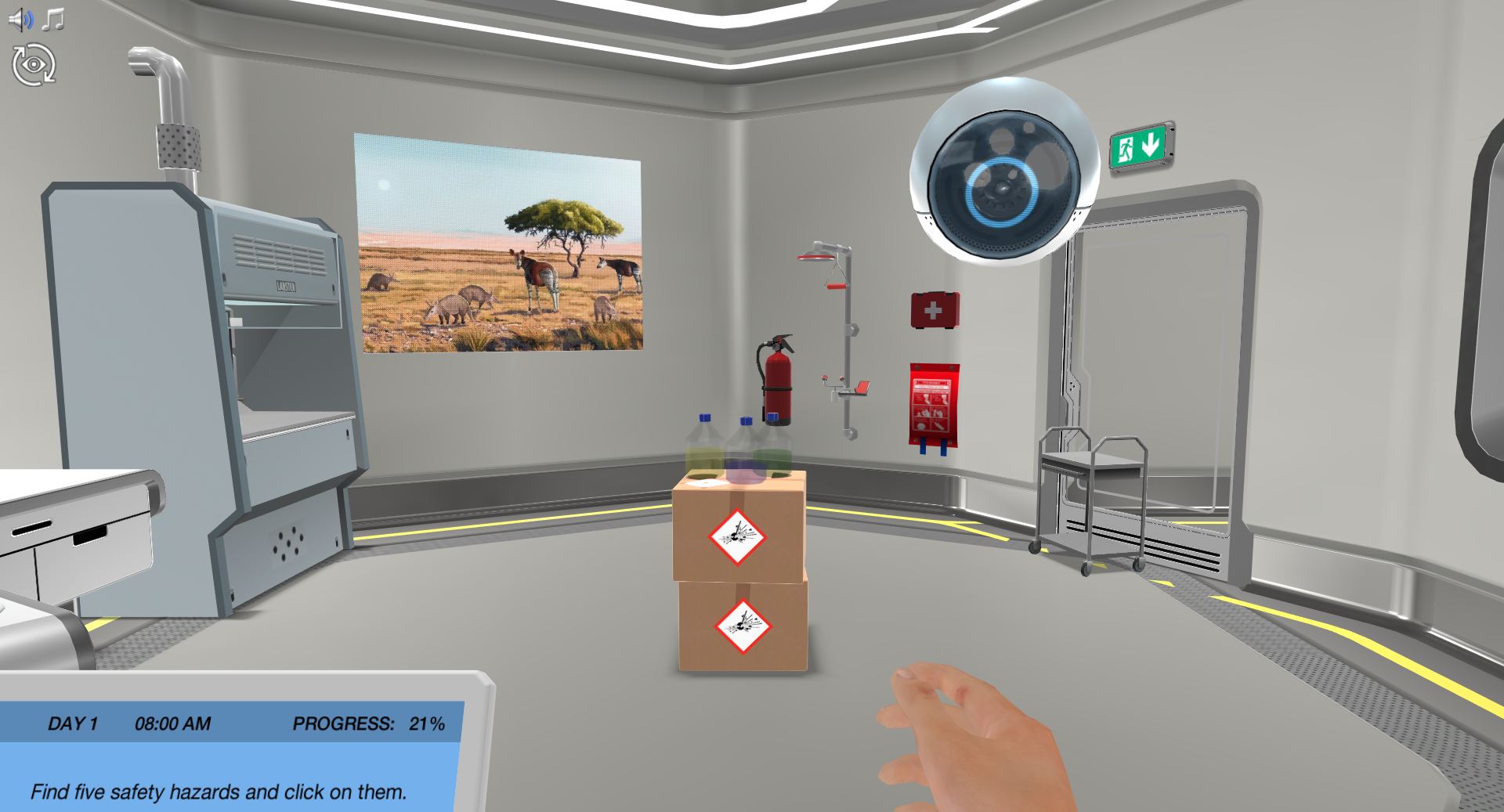



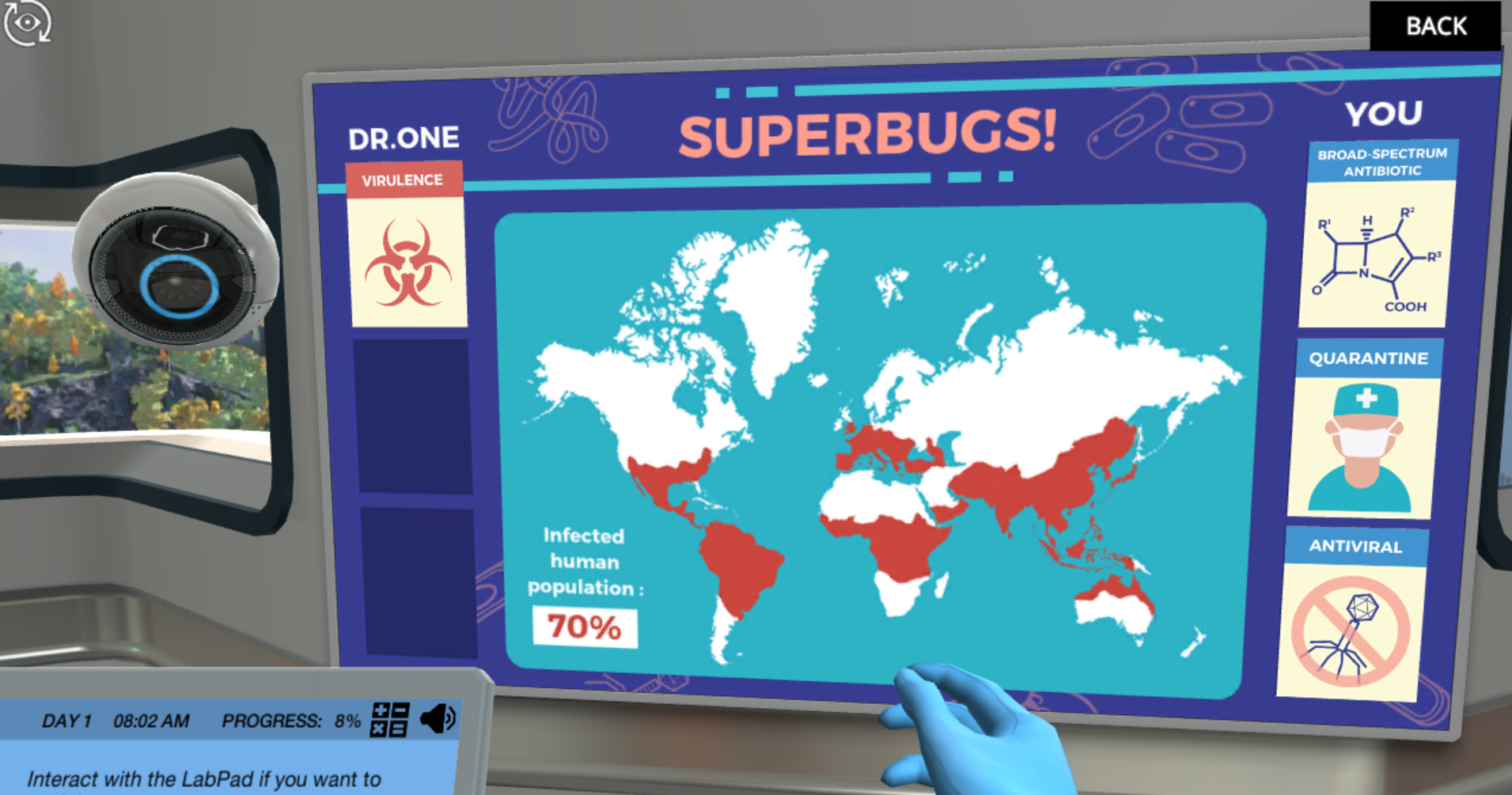
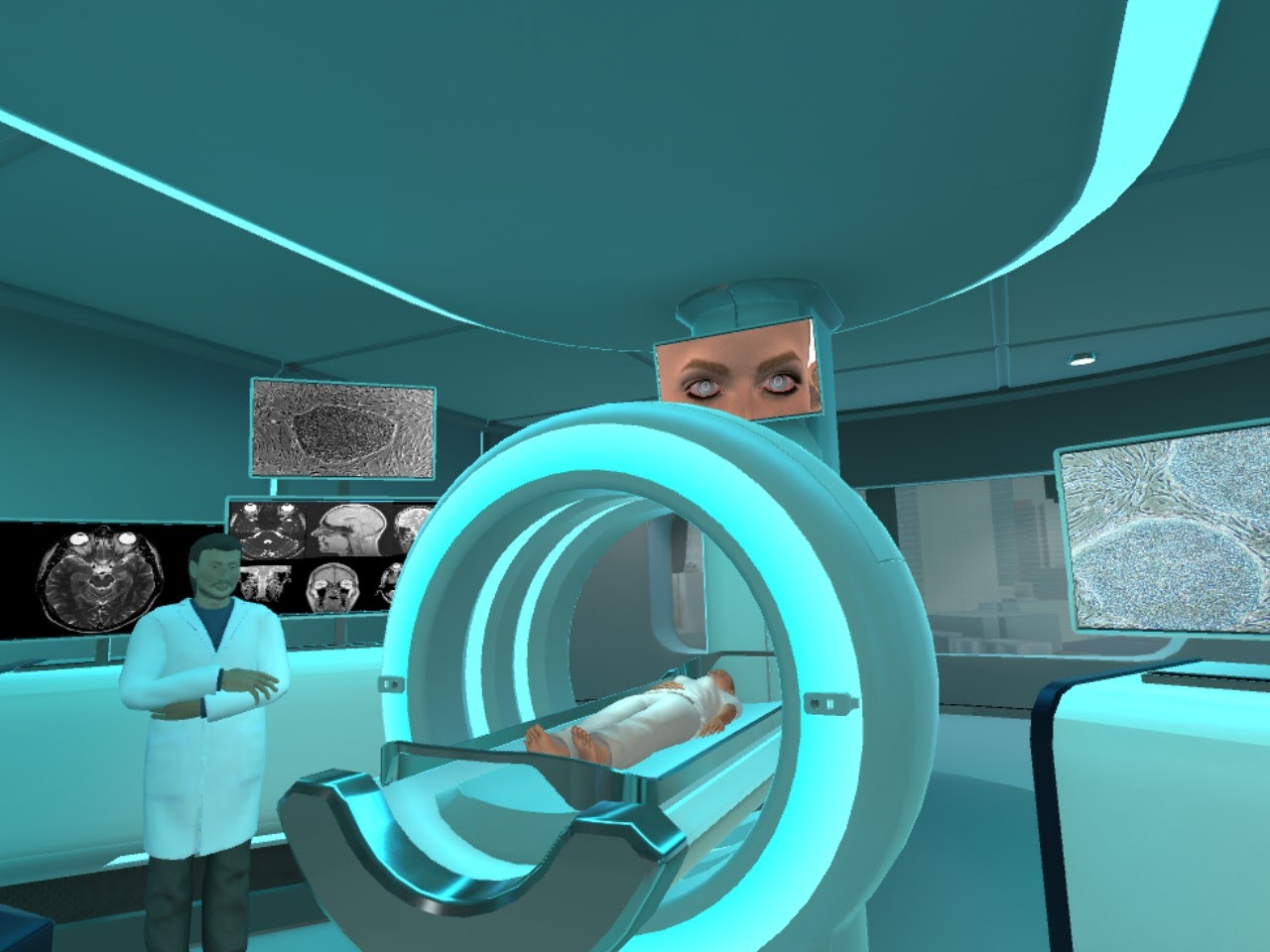
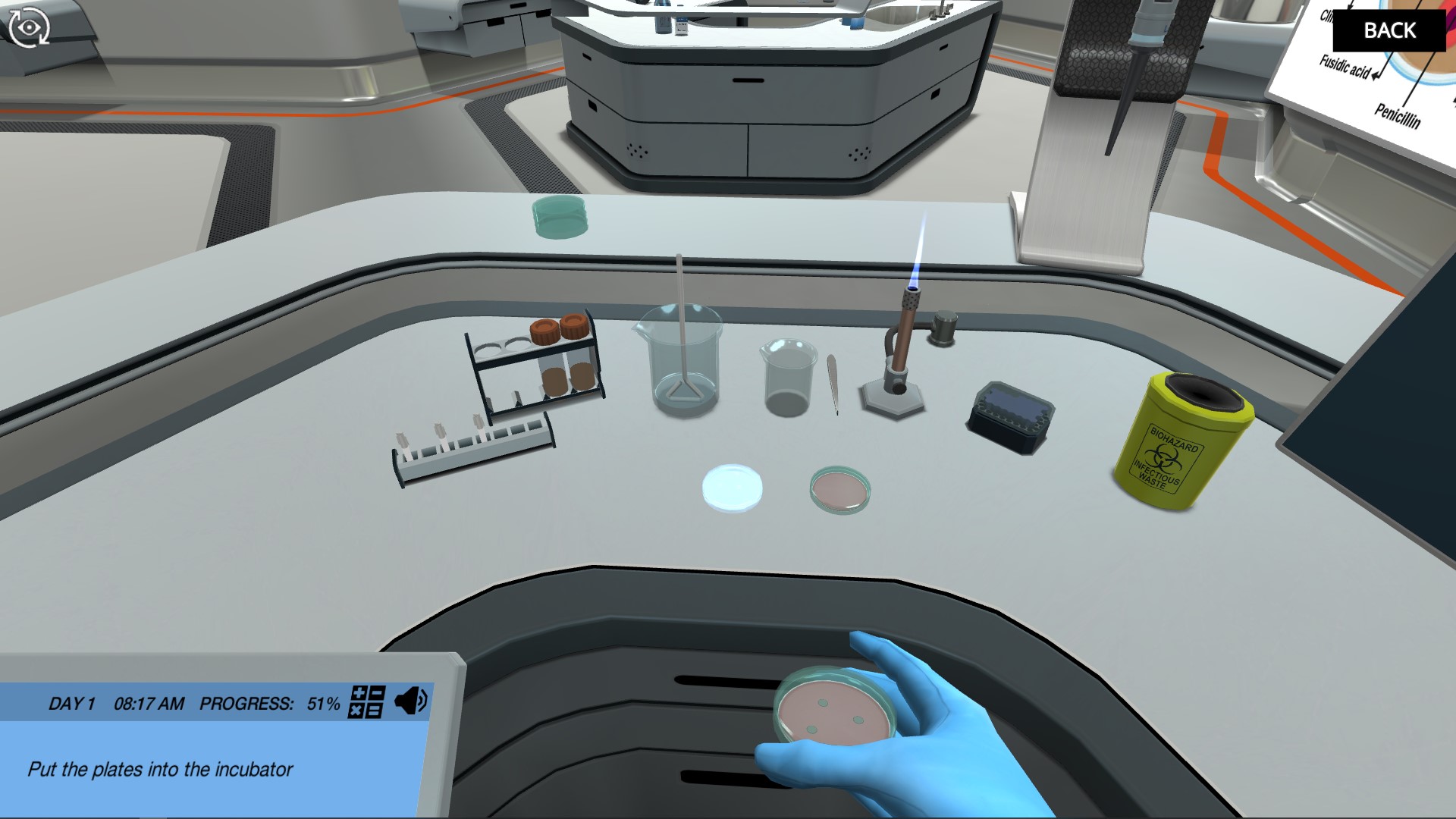


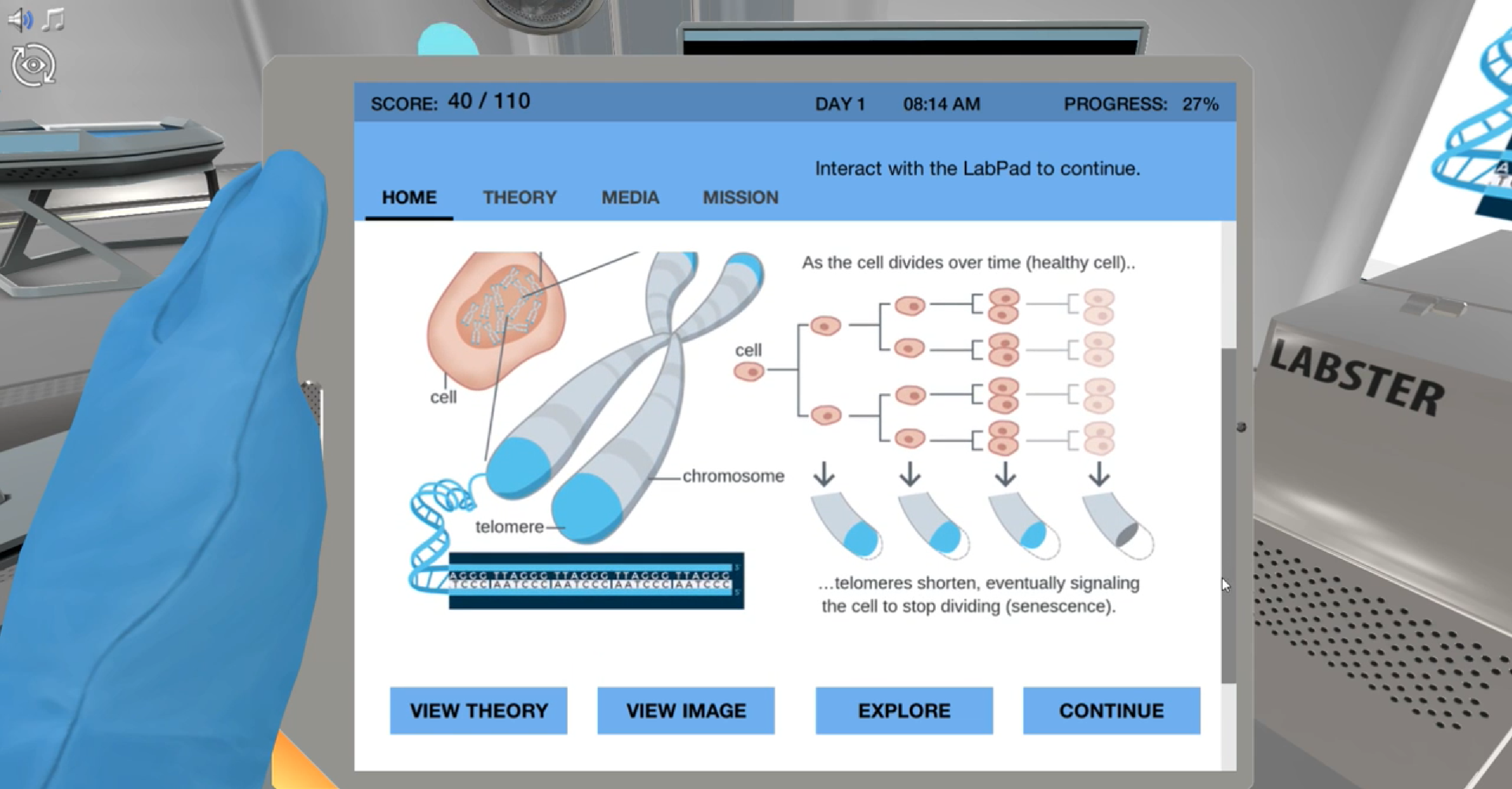
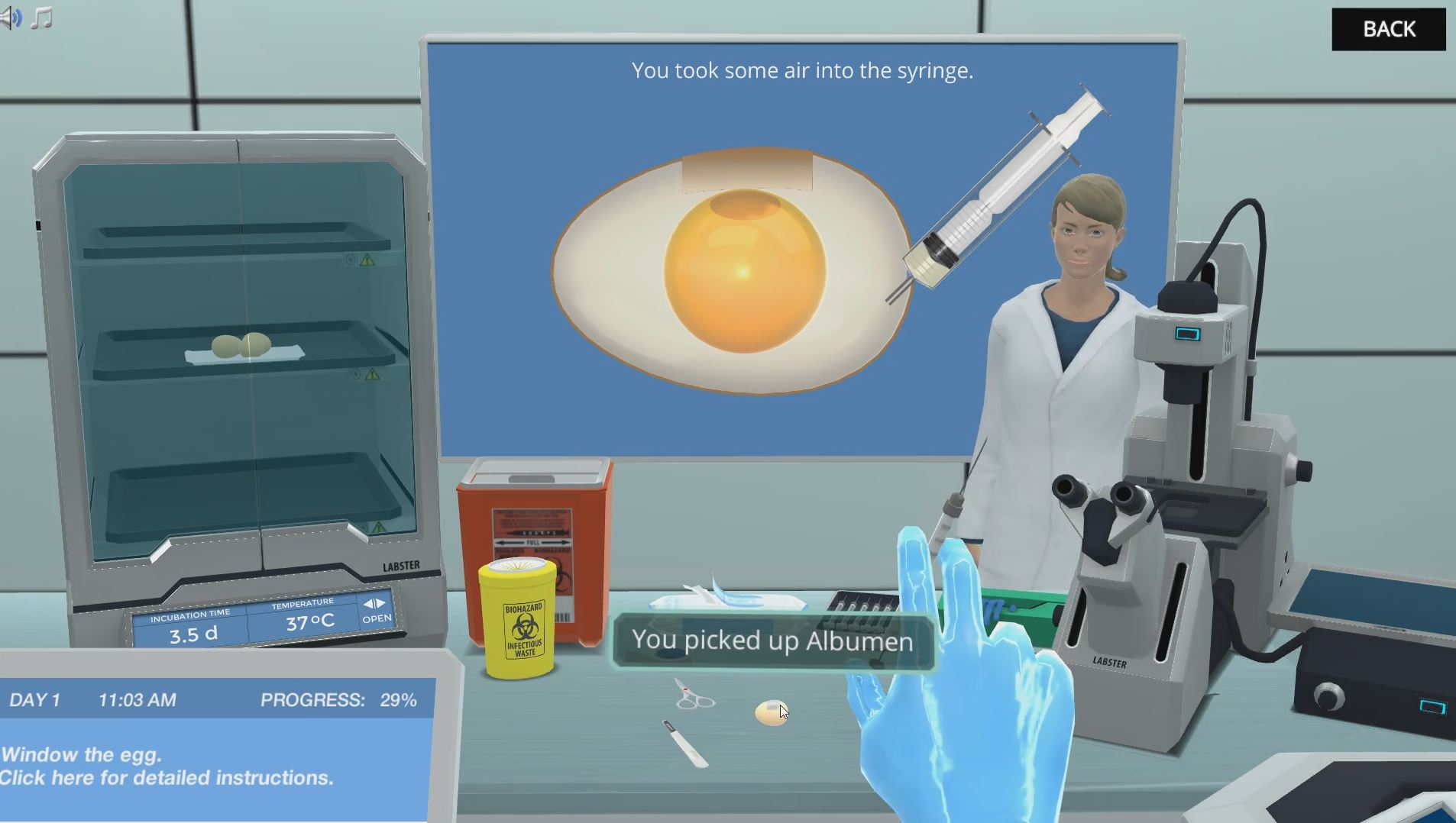
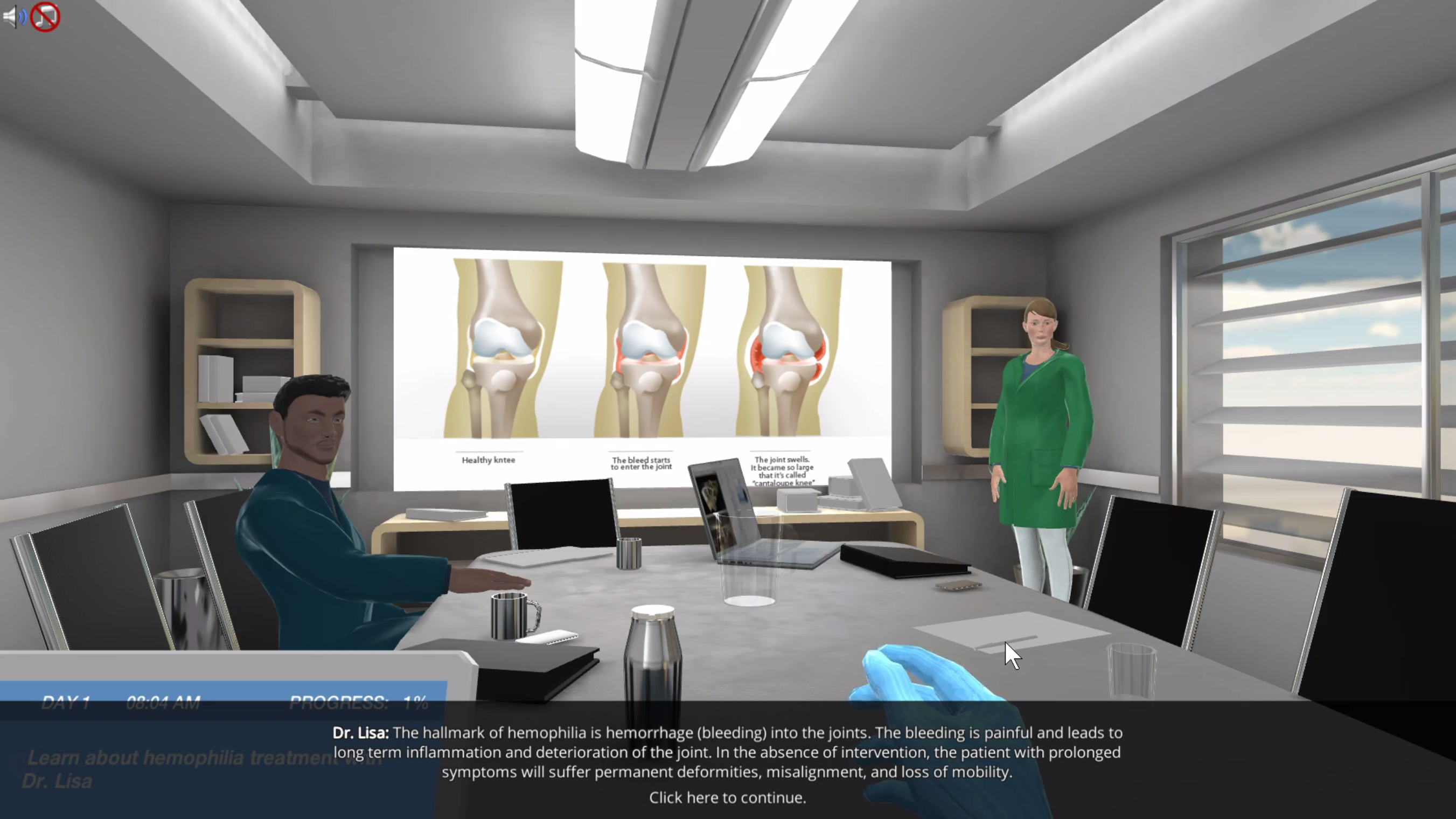

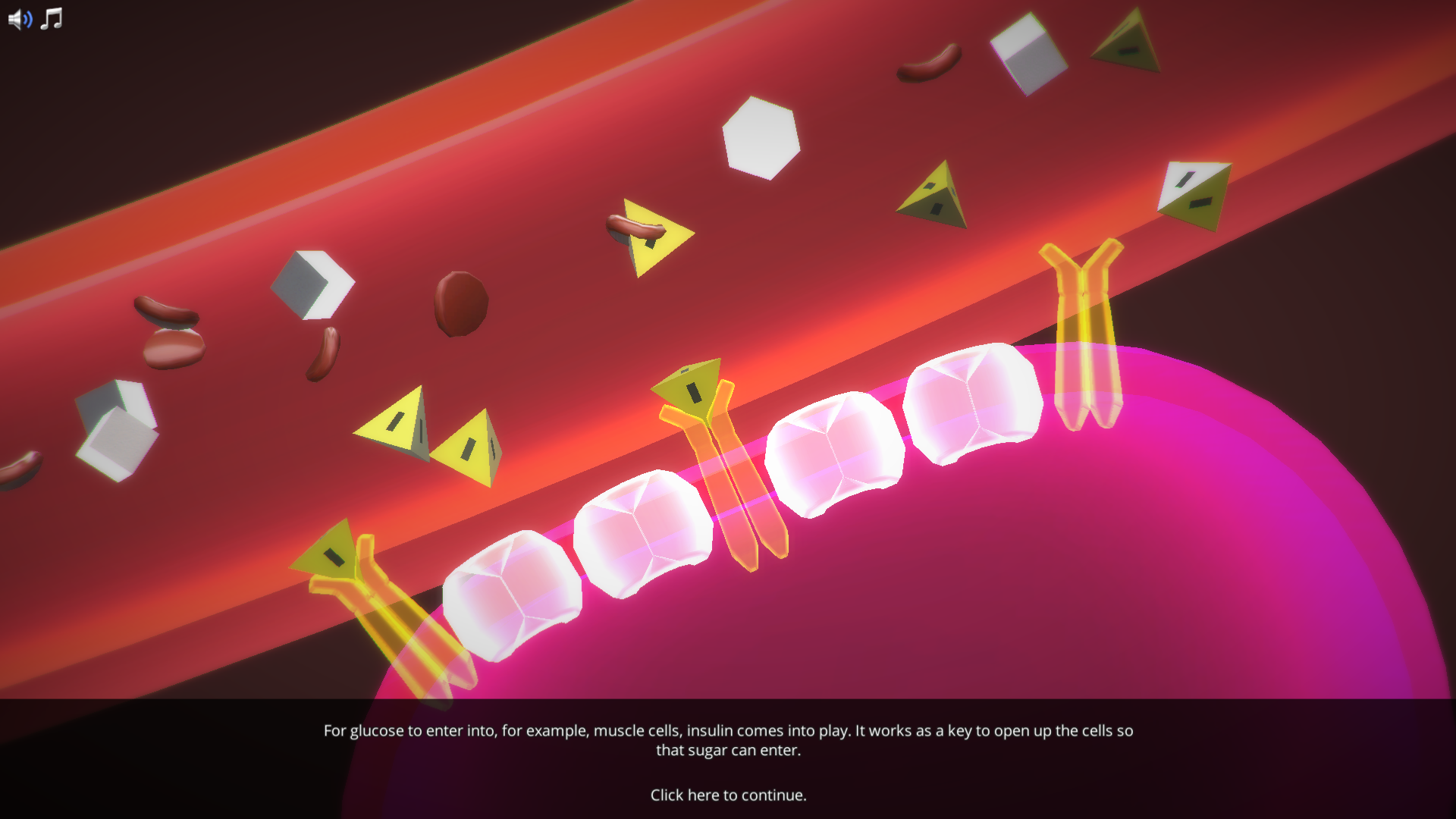
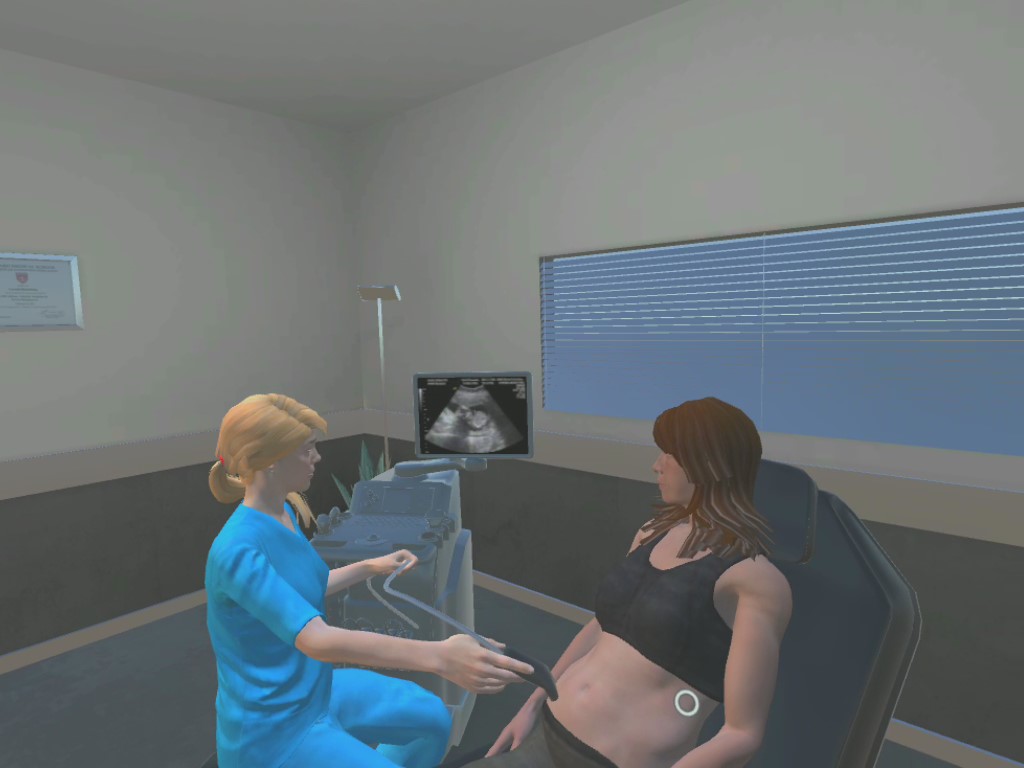
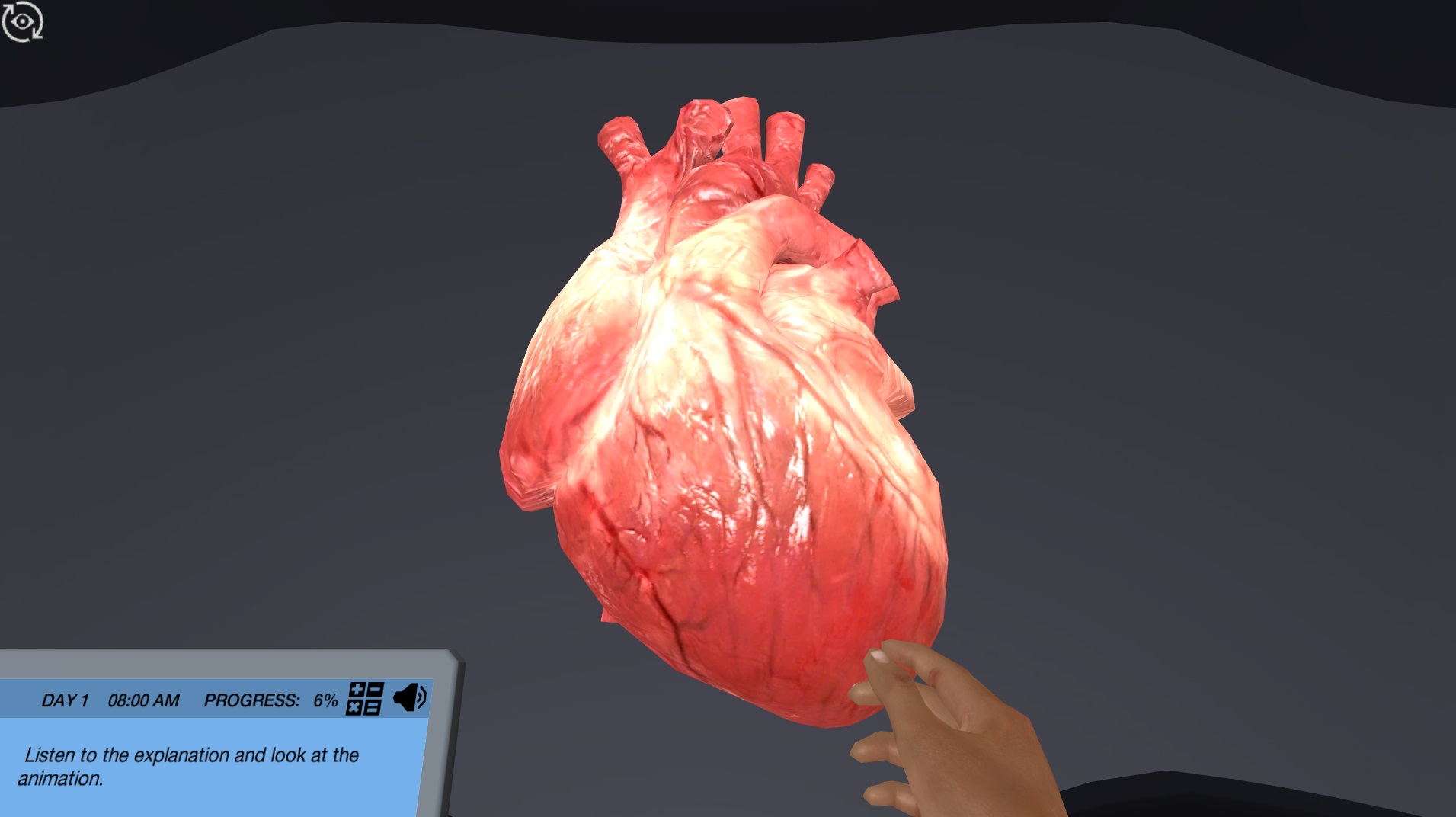
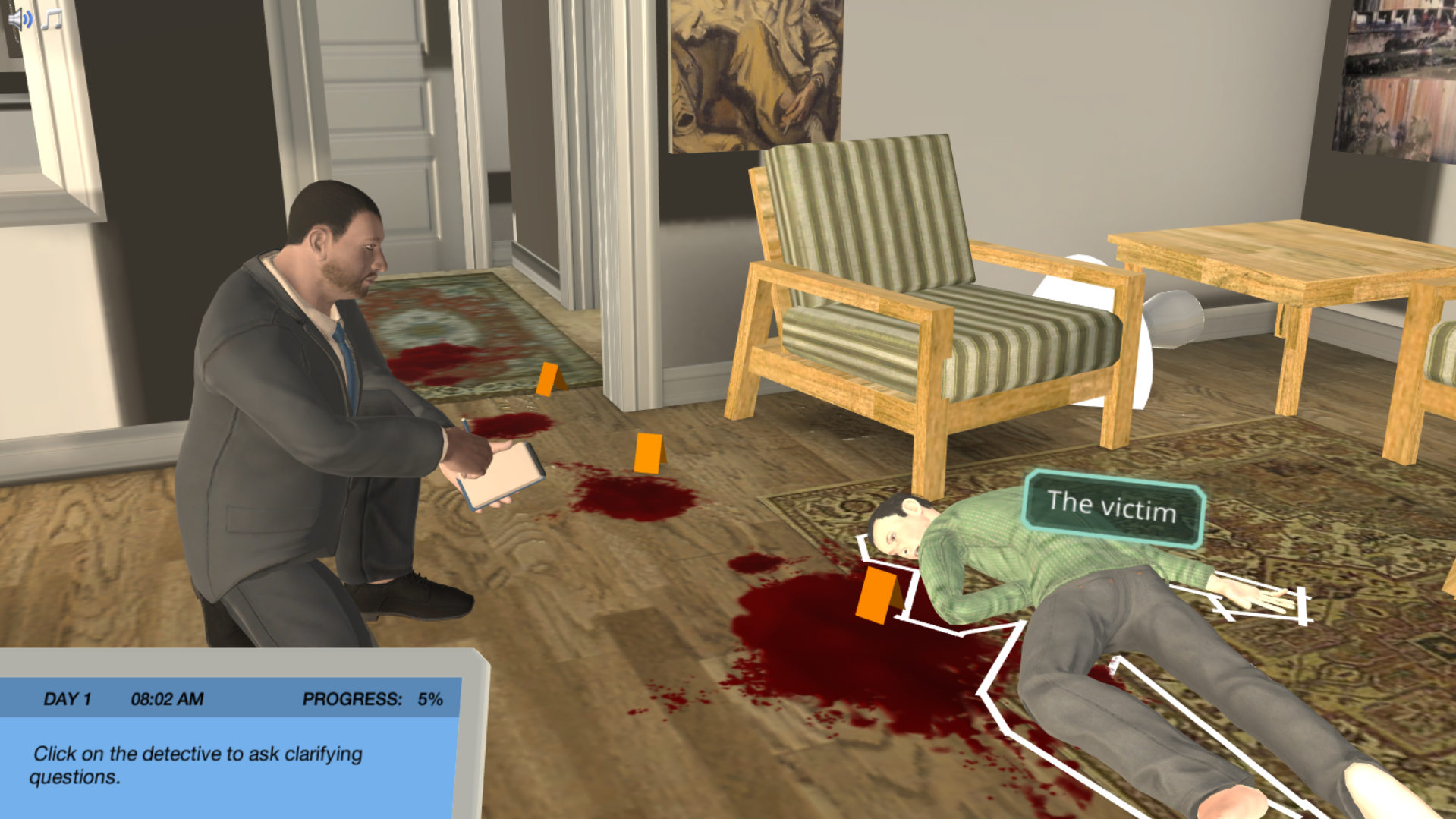

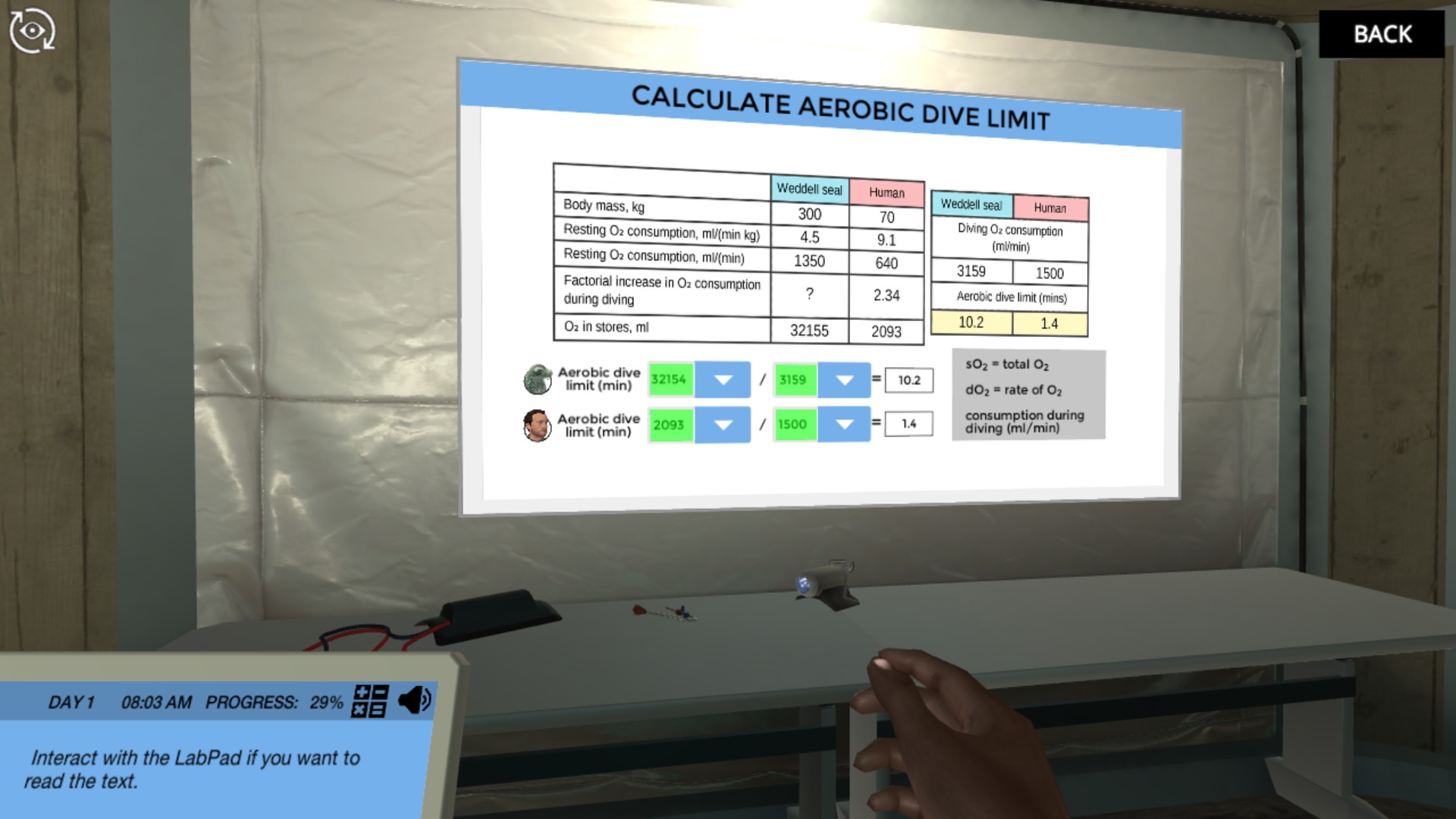
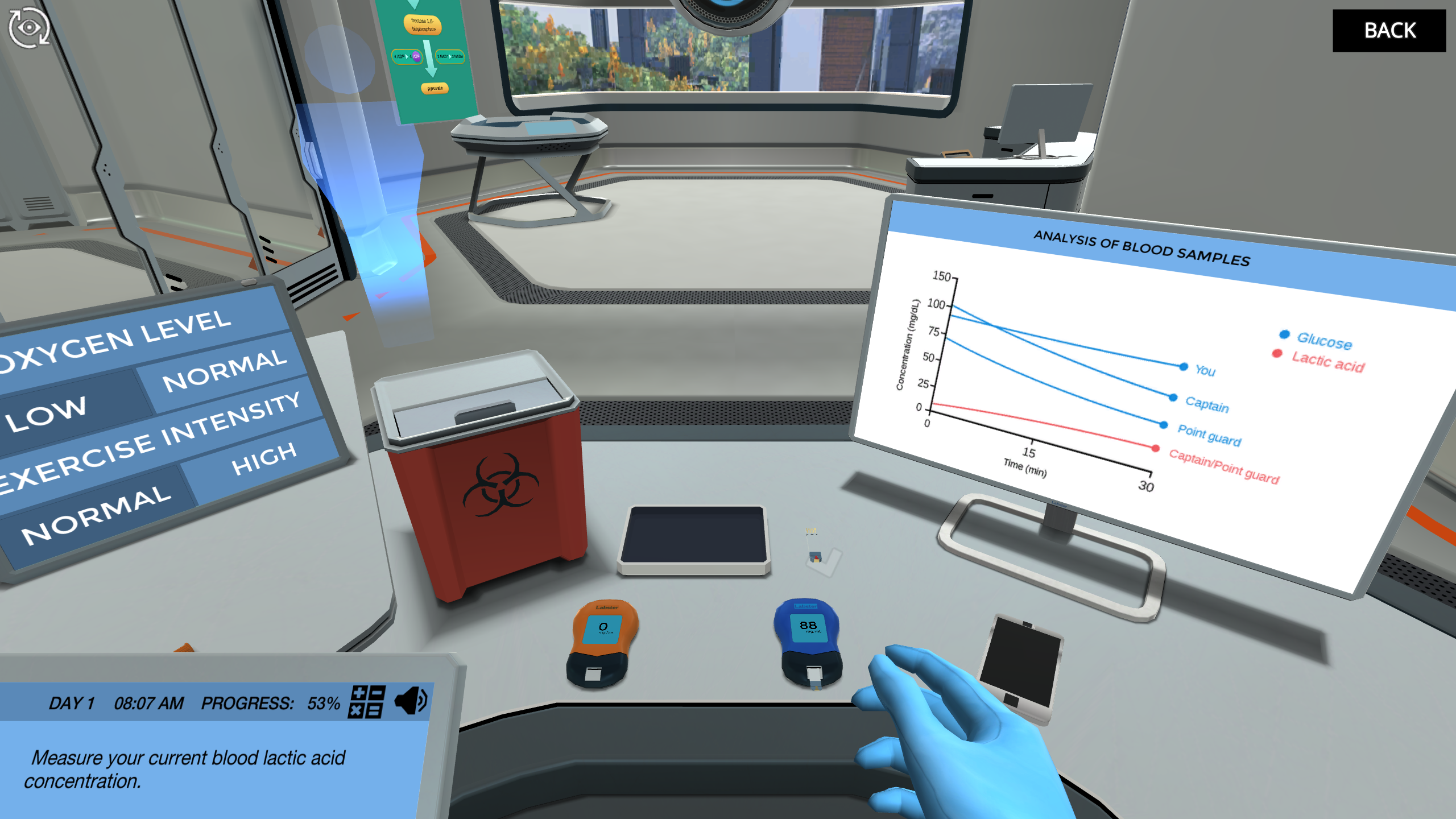
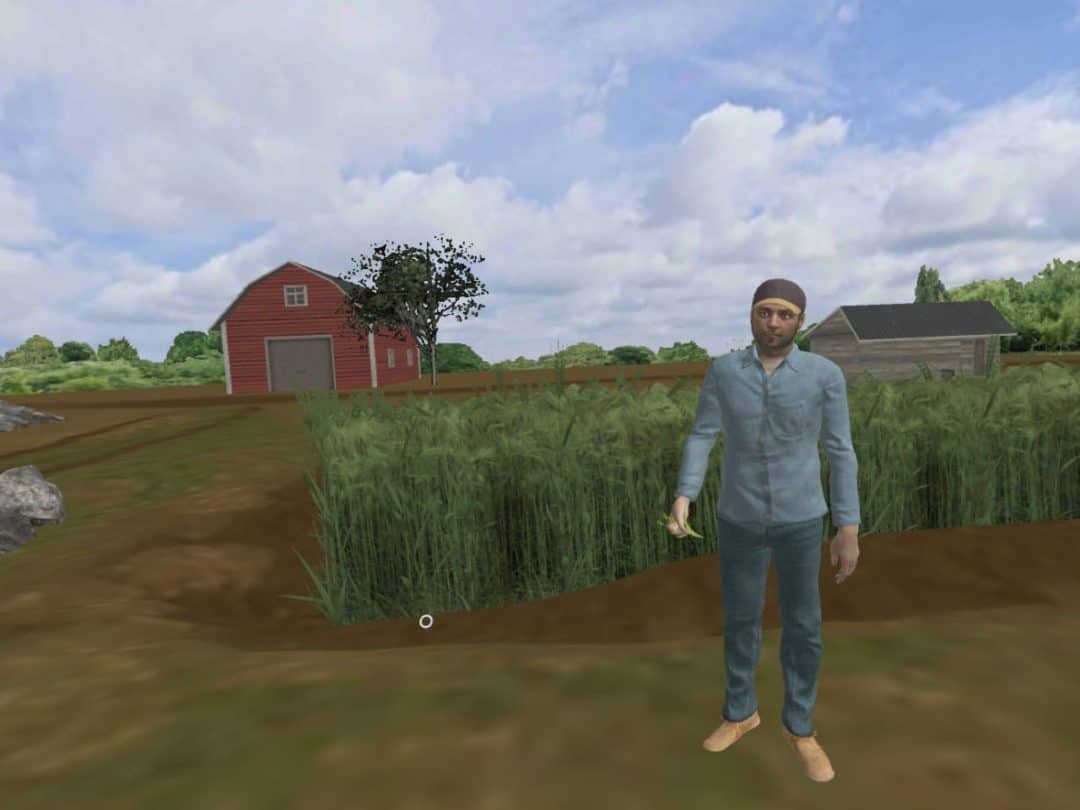

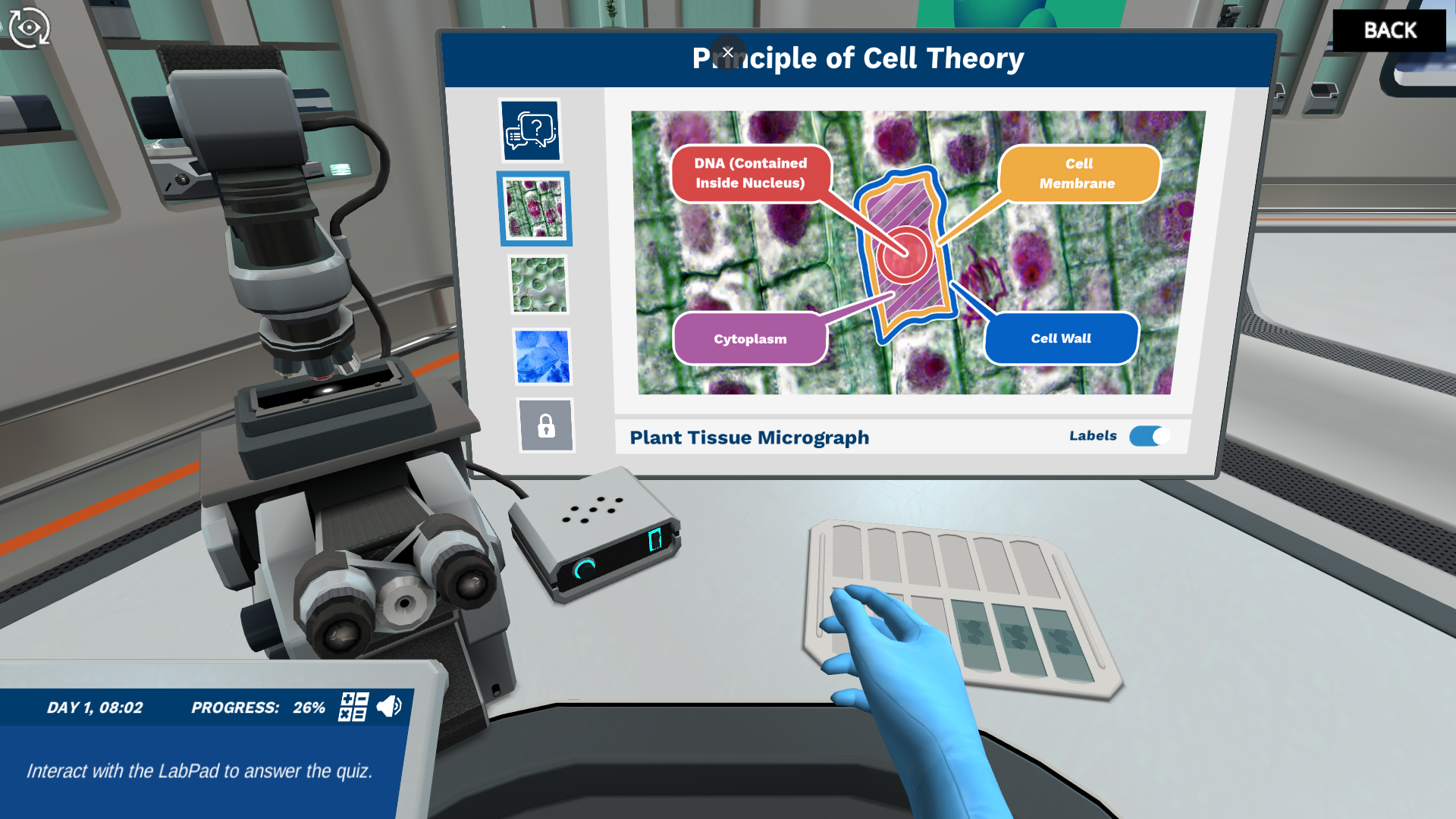
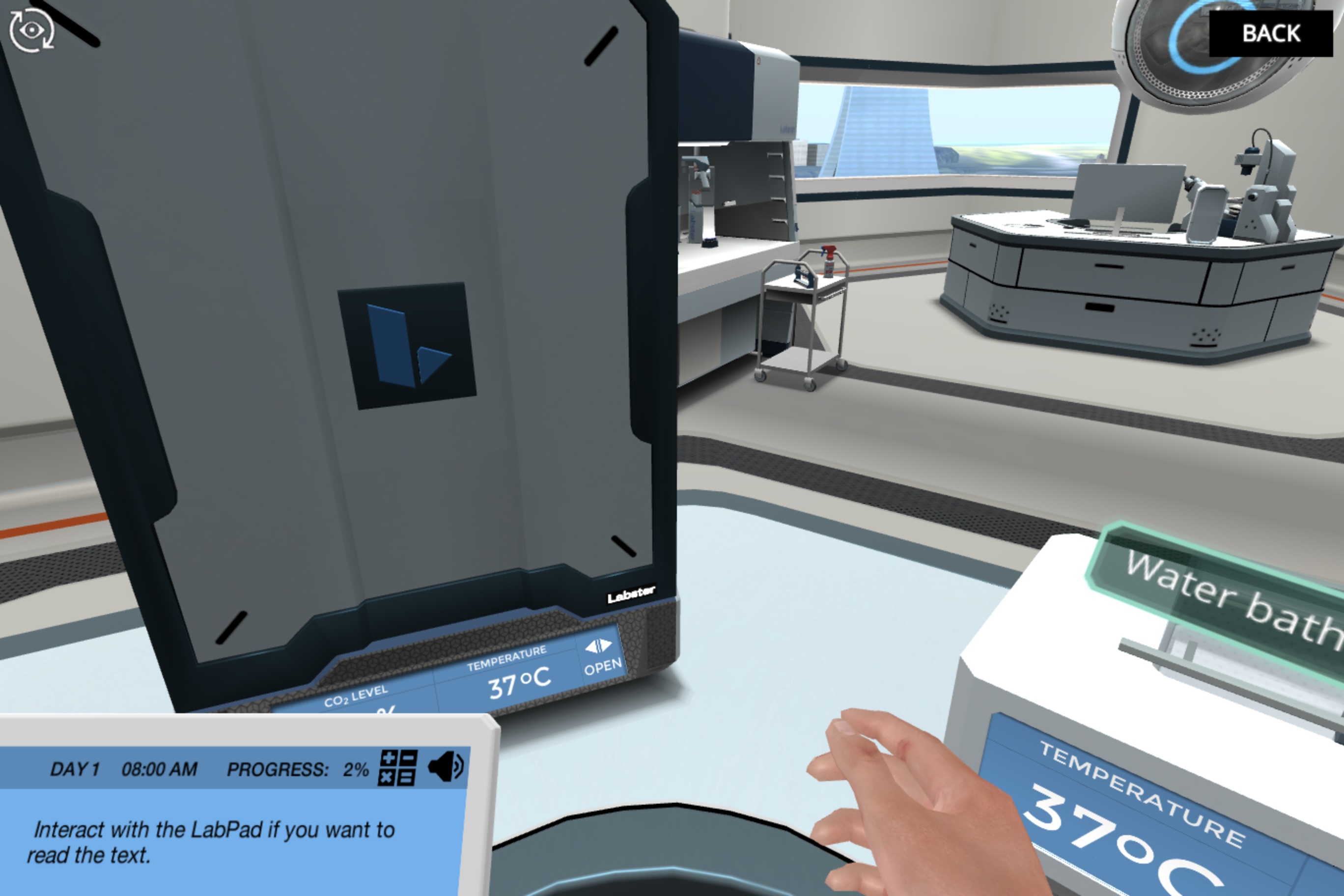
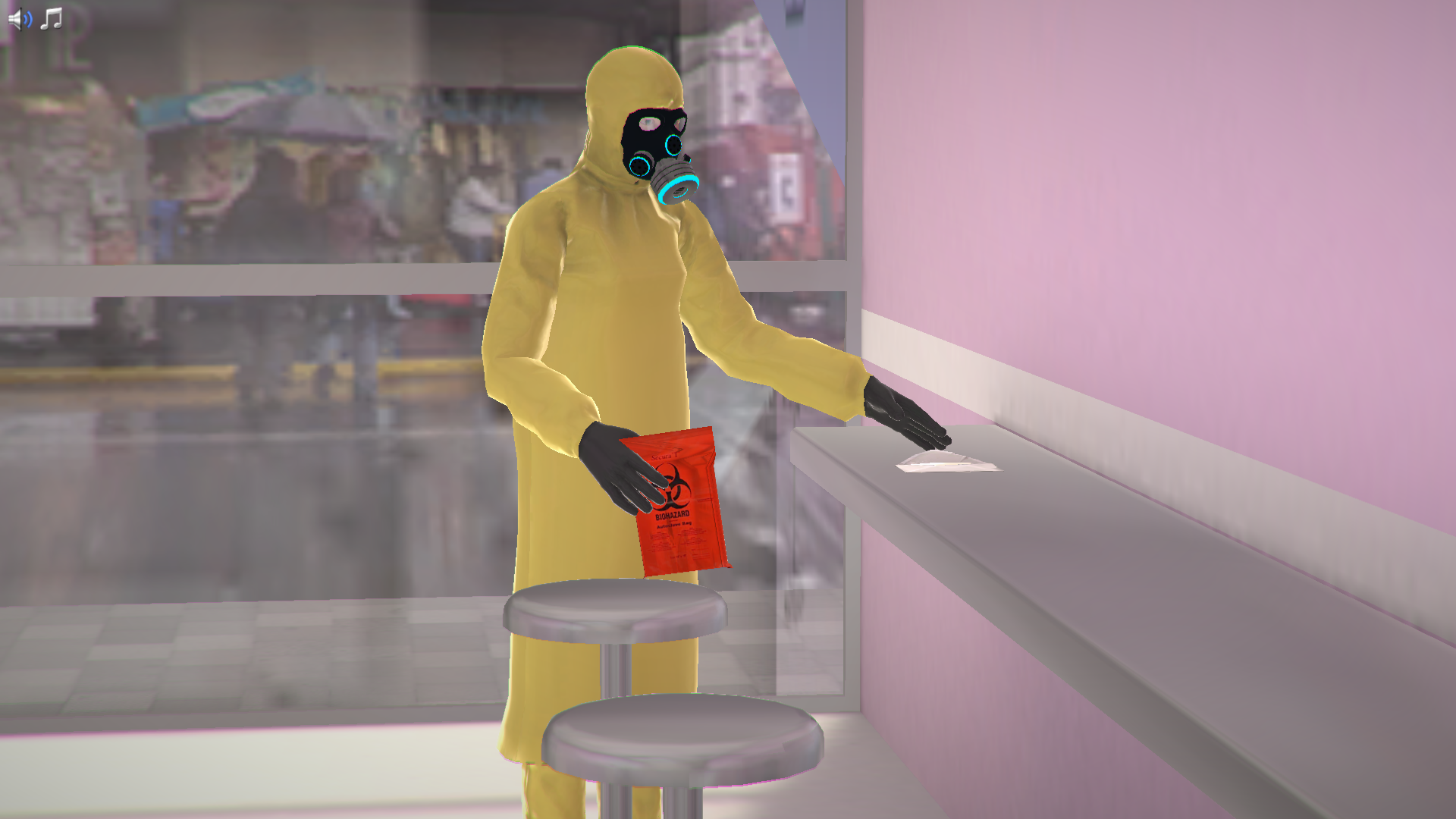
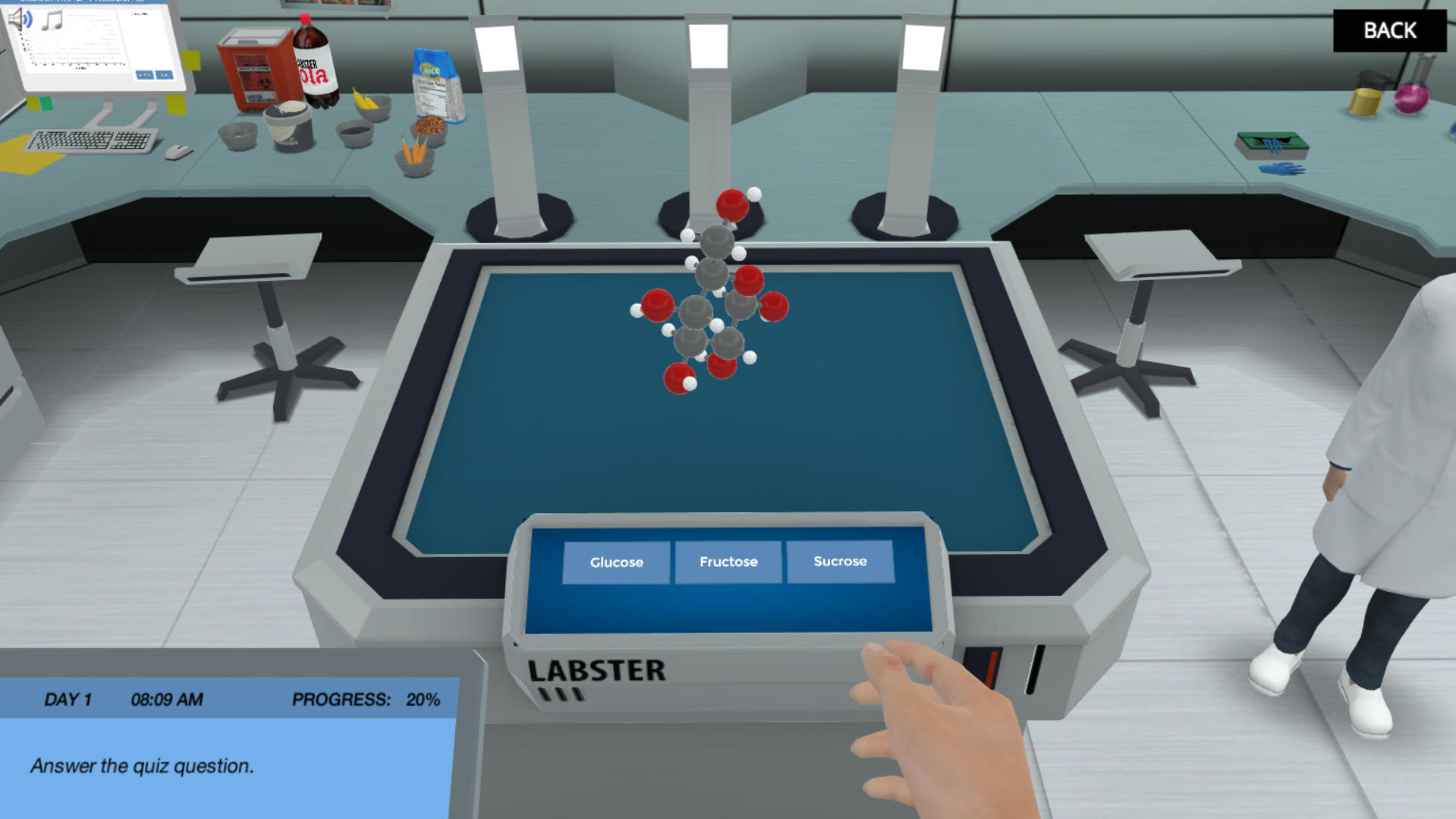
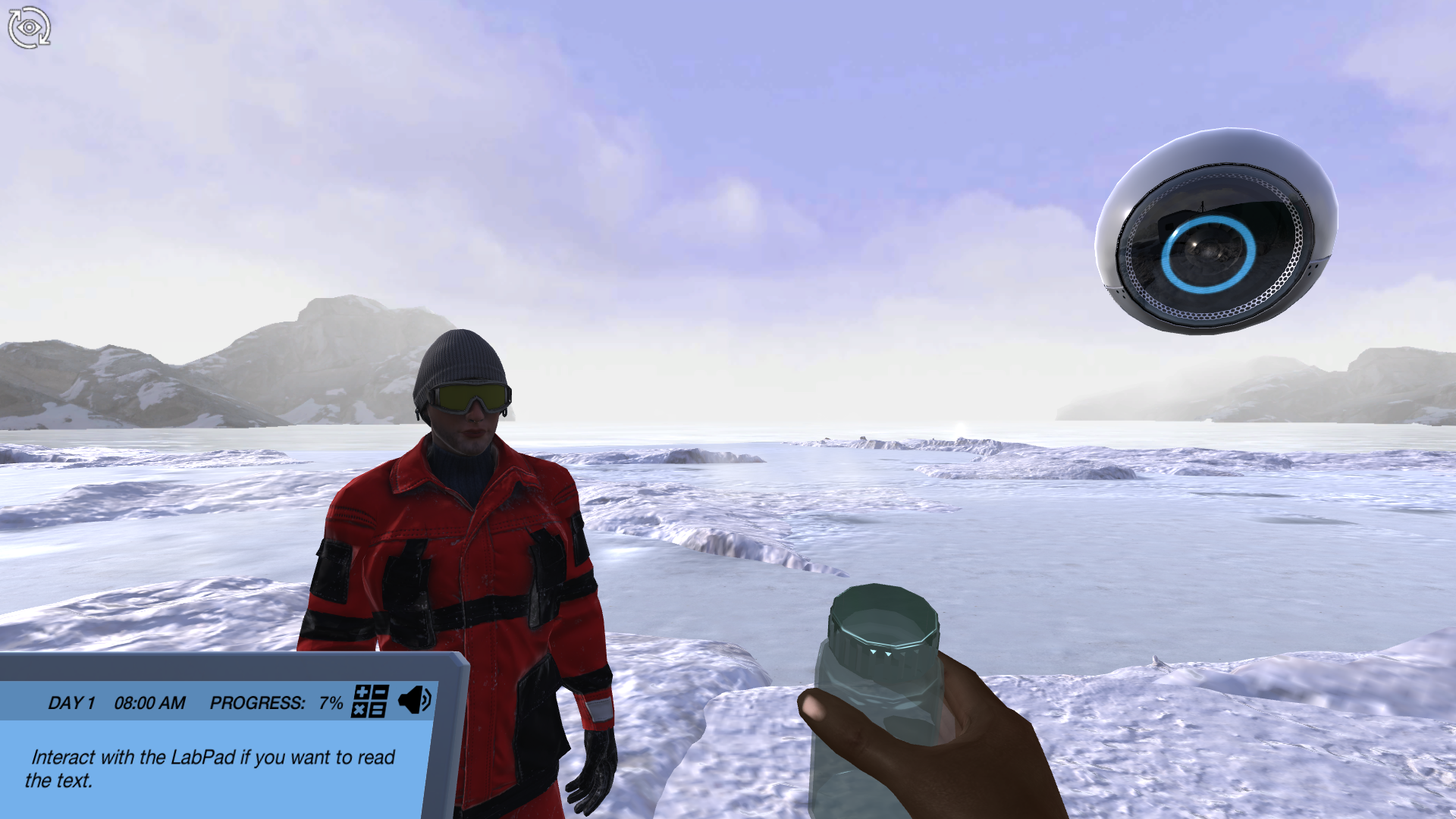
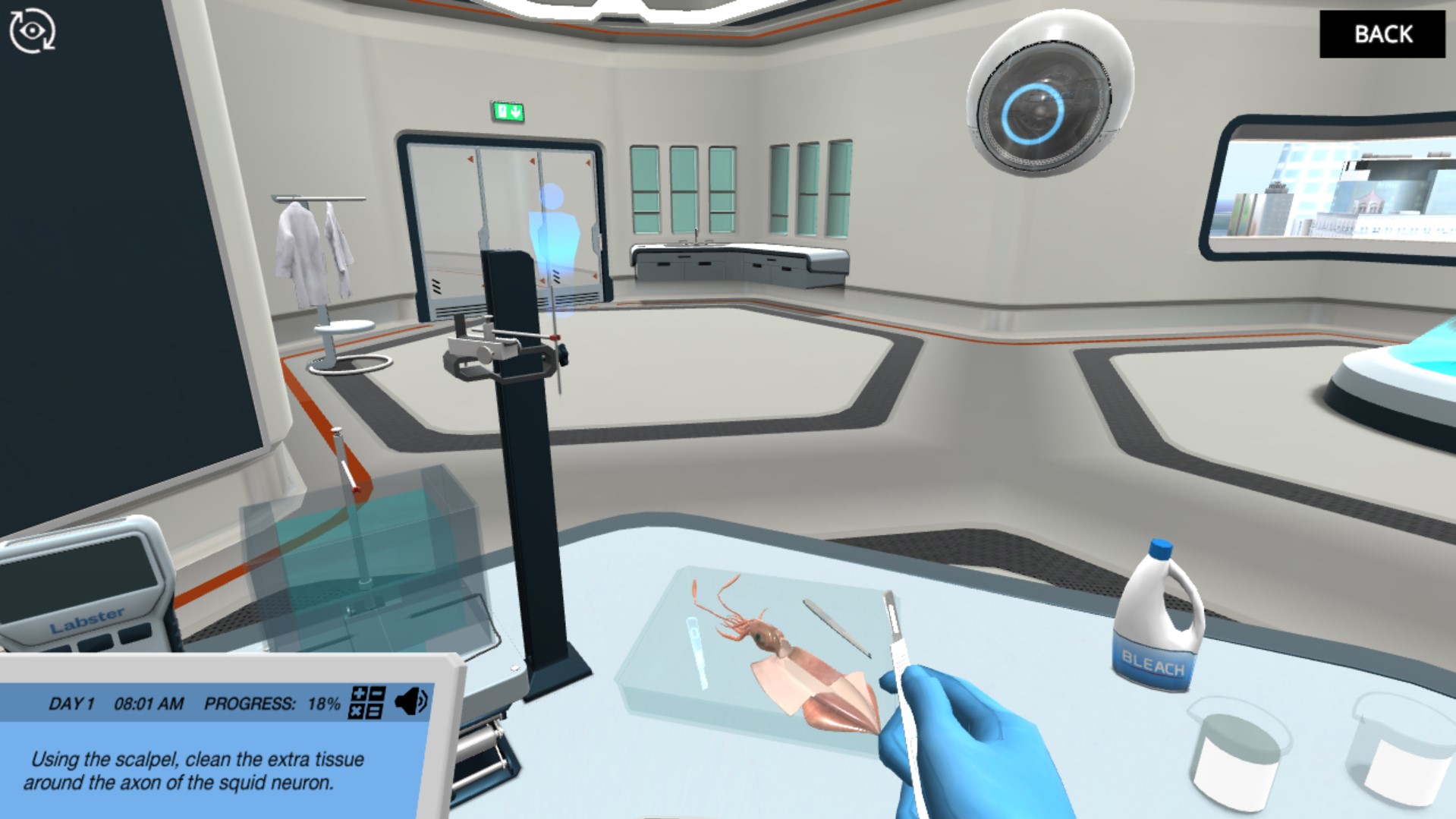
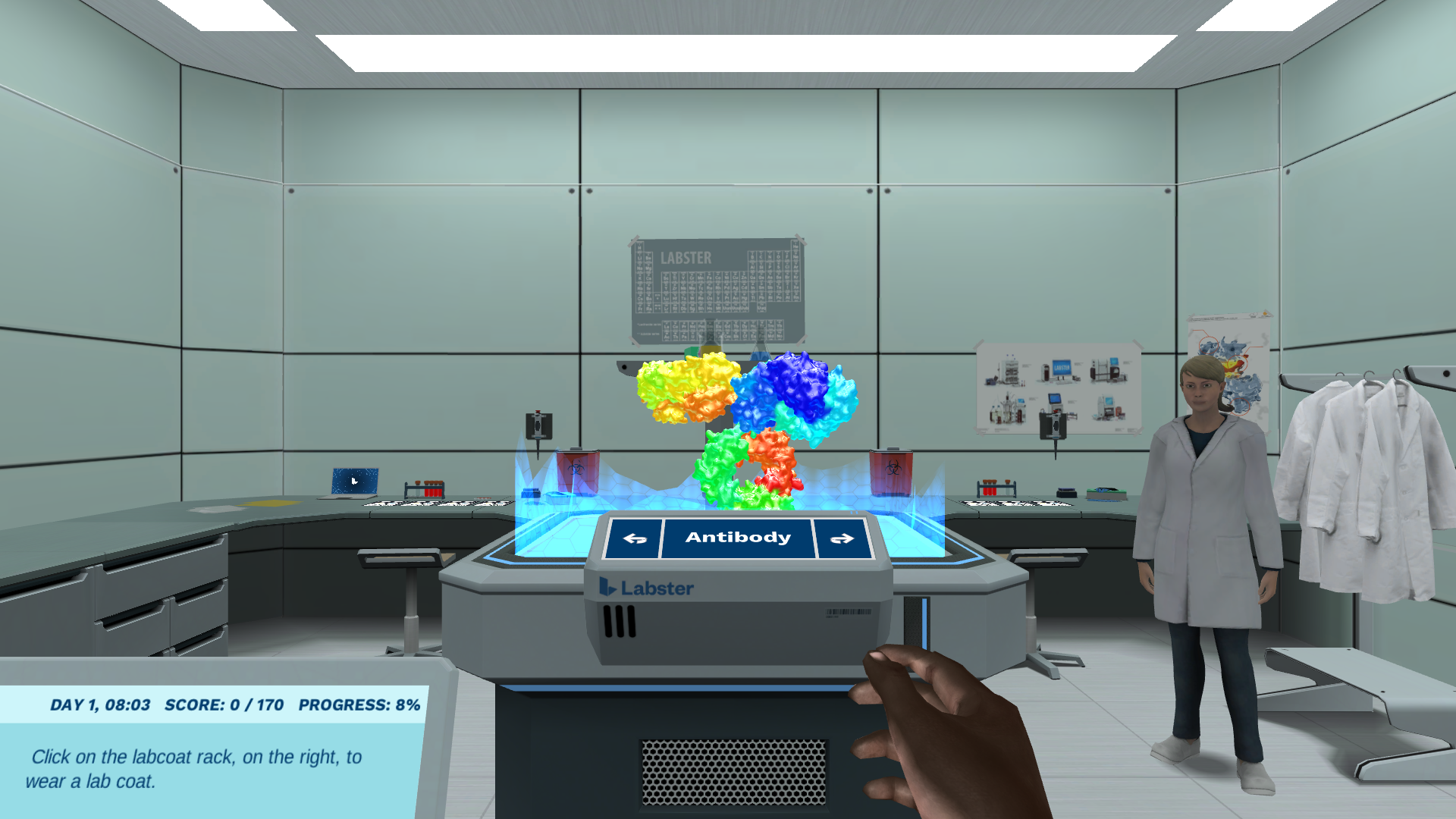
.png)


